
One of the world’s leading publishers of printed classical and educational music.

William Walton Catalogue
- Text
- Walton
Anyone taking this
Anyone taking this volume down from the shelf is very likely in search of answers; indeed, facts it contains in abundance. But the labour that produced it was one dedicated to hunting out facts even when they seemed contradictory, or when the pattern they produced seemed at odds with received wisdom. The result is a nuanced account of the documents surrounding William Walton—documents that assemble together to reveal much of the life and works of the man. Motivating all of the archival research, however, is an abiding passion for the music itself. Stewart Craggs can recall a fascination which had already begun in his childhood beside the radio, ‘when the strength and majesty of the first symphony created an impression that has never faded’. Craggs’s formal research on Walton began in the late 1960s, when he selected the composer as the topic for a thesis to be submitted in application to become a Fellow of the Library Association (now the Chartered Institute of Library and Information Professionals). At first Craggs conceived of the work as mainly a bibliography and discography, but as his spadework uncovered a body of material that had been completely forgotten (for example, the incidental music for The Son of Heaven, The Boy David, and Macbeth), his supervisor, Alec Hyatt-King, advocated that the thesis include a work catalogue as well. Alan Frank, Head of Music at Oxford University Press and thus a key contact during the gestation of the thesis, proposed publishing Craggs’s research as a complete thematic catalogue. This appeared in 1977, and it was perhaps the most tangible and significant of the many 75th birthday tributes to the composer. The extended prefatory ‘critical appreciation’ by Michael Kennedy formed the nucleus of the authorized biography that was to appear only in 1989. Kennedy had deferred writing his full-length biography until after the death of his subject; the publication of the catalogue before the composer’s death made a second edition a foregone conclusion, even with the decline in Walton’s compositional output in his last years. Hardly had the 1977 catalogue emerged from the presses before Craggs embarked on further Walton research for a Master of Arts at the University of Strathclyde. His threevolume thesis, ‘William Turner Walton: His Life and Music’, was completed in 1978 under the supervision of the eminent bibliographer William R. Aitken. In the preface, Craggs remarks: There has been so far no entirely satisfactory and detailed biographical account of Walton. Those that have been published all seem to have been based upon factual INTRODUCTION James Brooks Kuykendall information communicated by Walton to H. J. Foss in 1932, to which nothing much has been added over the years. In my research I have tried to discover the true facts rather than those purported to be true. To do this, I have approached many individuals involved in Walton’s career. Thus I have been able to begin correcting prior misapprehensions and have filled in much missing detail of considerable musicological interest. Walton himself was only partially helpful, in that he tended to favour the briefest possible reply to any query. He was wary of the painstaking efforts of ‘Mr. Scraggs’ to verify every detail and to supplant a simple explanation with a more complicated truth. His ‘Grand Old Man’ image had been codified by the press and the BBC in the 1972 and 1977 birthday celebrations, and it was the story as the composer wished it to be told. Although Walton himself had maintained an arm’s-length relationship with his chronicler (they never met), his widow recognized that Craggs knew the music and the documents more intimately than anyone had known the man himself. At her suggestion, Craggs was given the task of examining the voluminous archive of Walton correspondence held by Oxford University Press; this yielded substantial new factual data for many works, and the more complete documentation is clearly evident in the 1990 second edition of the catalogue. Moreover, if the composer himself was sometimes obfuscatory, many of Walton’s contemporaries with whom Craggs corresponded were more forthcoming. Craggs’s archive of these letters is impressive to behold, and the 1990 edition is enriched by these recollections. It was perhaps this aspect that led the late Christopher Palmer to describe that edition (in his Preface) as ‘reading-in-bed material’—a remarkable characteristic for a work that was awarded the Library Association’s 1990 McColvin Medal for the outstanding reference book of that year. As before, the publication of the catalogue left Craggs’s energies for Walton research unabated, and he produced two further books even as he simultaneously developed substantial reference works encompassing a very wide scope of related figures, including Arthur Bliss, Alun Hoddinott, and John Ireland, as well as a dictionary of film composers (Soundtracks: An International Dictionary of Composers for Film, Aldershot: Ashgate, 1998). All the while he was also fulfilling his professional responsibilities as an academic librarian and a county magistrate. In 1993 For perusal purposes only
viii introduction Craggs was appointed Professor of Music Bibliography at the University of Sunderland, producing in the same year William Walton: A Source Book (Aldershot: Scolar, 1993), which offered comprehensive documentation of the extant manuscripts, first editions, letters, and recordings. In 1999 he edited a collection of essays, William Walton: Music and Literature (Aldershot: Ashgate, 1999), that has acted as a catalyst for much later work. Internal OUP documents indicate that soon after Walton’s death some thought was already being given to reissuing all of his published works in a uniformly bound edition. This project was not ultimately realized; perhaps this was just as well, as at that stage there were no plans for a thorough critical examination of each work. When the subject was revisited in 1994, it was decided that a credible new edition would require more than photographic reproductions of the already published text. David Lloyd- Jones was appointed General Editor of the William Walton Edition in 1995 and Craggs was appointed Consultant. He has given considerable assistance to several volume editors, as well as contributing a Preface to the Façade Entertainments volume (WWE, vol. 7) that eloquently navigates the complex web of material witnesses. Twenty-three volumes were envisaged for the new edition. This additional final volume—a third edition of the catalogue—was subsequently deemed essential and serves as a fitting culmination to the entire project. It may seem remarkable that barely three decades since his death Walton’s work catalogue is already in its third edition when many of his contemporaries await any catalogue at all. Many factors bear upon this. With just 105 catalogue numbers, Walton’s oeuvre is manageable (particularly because of his habit of destroying or otherwise obliterating unsatisfactory efforts), even if each work brings its own specific set of bibliographical and philological problems. With the sole exception of the piano quartet, all of the published works were issued by a single publisher, making the production files of the OUP Music Department a particularly vital primary source. More significantly, the bulk of Walton’s Nachlass is generally well preserved and available to be consulted in a handful of locations (with the autographs principally in the Koch collection at Yale’s Beinecke Library, and large portions of the correspondence in the Harry Ransom Humanities Research Center at the University of Texas at Austin, the files of the BBC and the substantial collection at the Walton Museum in Ischia, in addition to the OUP holdings). This notwithstanding, the task facing anyone attempting to verify every possible detail is herculean; at least Craggs got an early start. The reader of this catalogue can be assured that ‘Holograph: whereabouts unknown’ is not the idle phrase of an armchair bibliographer, but a testament to decades of indomitable search. But there is hope. ‘Tribute to the Red Cross’ (1944), a manuscript collection containing contributions from men and women distinguished in politics, literature, art, and music (including Walton, Bliss, Vaughan Williams, Bax, Ireland, Lambert, and Moeran), was auctioned at Sotheby’s in 1944, and lost from sight for almost seven decades, only to be tracked down by Craggs as this volume was being finished. His spadework will enable others to continue these pursuits in the future. Stewart Craggs has devoted a lifetime of tireless labour to clarifying the facts of the music of Walton and his contemporaries. Michael Kennedy’s remark in 1993 that ‘present and future music historians will have every reason to bless the name of Stewart Craggs’ is a prophecy already fulfilled. Moreover, his caginess notwithstanding, Walton’s own appreciation is manifest in an avuncular gesture: one of his last compositions was the Duettino for Oboe and Violin (C101) for Barnaby and Cordelia Craggs, published here for the first time. Craggs himself views all of his efforts as a lifetime labour of love: ‘to study Walton’s music has been a rewarding experience; to submit to its impact, unforgettable’. For perusal purposes only
- Page 2 and 3: General Editor: DAVID LLOYD-JONES C
- Page 4 and 5: CONTENTS Introduction - James Brook
- Page 8 and 9: ORGANIZATION OF THE CATALOGUE This
- Page 10 and 11: WILLIAM WALTON EDITION General Edit
- Page 12 and 13: ACKNOWLEDGEMENTS I am deeply indebt
- Page 14 and 15: Bibliographical abbreviations Add.M
- Page 16 and 17: SELECTIVE CHRONOLOGY 1866 11 Oct Lo
- Page 18 and 19: SELECTIVE CHRONOLOGY xix 1943 Feb o
- Page 20 and 21: SELECTIVE CHRONOLOGY xxi Nov Sympho
- Page 22 and 23: facsimiles For perusal purposes onl
- Page 24 and 25: facsimiles xxv For perusal purposes
- Page 26 and 27: facsimiles xxvii For perusal purpos
- Page 28 and 29: facsimiles xxix For perusal purpose
- Page 30 and 31: facsimiles xxxi For perusal purpose
- Page 32 and 33: facsimiles xxxiii For perusal purpo
- Page 34 and 35: List OF MAIN TITLES xxxv Romeo and
- Page 36 and 37: the catalogue For perusal purposes
- Page 38 and 39: C1 A Li t a n y partsong in four pa
- Page 40 and 41: Nos. 1-3 Date of composition: July
- Page 42 and 43: C9 Th e Pa s s i o n a t e Sh e p h
- Page 44 and 45: 16. Valse (‘Daisy and Lily’) Th
- Page 46 and 47: Passengers Only: A Social Tragedy i
- Page 48 and 49: Eskdale (tpt), Willem de Mont (vc),
- Page 50 and 51: Façade 2: A Further Entertainment
- Page 52 and 53: First performance: 24 January 1922
- Page 54 and 55: C12g Ballet in One Act (Based on th
- Page 56 and 57:
1. Tango-Pasodoblé 2. Swiss Jodell
- Page 58 and 59:
C13 To c c a t a C14 Fantasia Conce
- Page 60 and 61:
C17 PORTSMOUTH POINT 23 Date of com
- Page 62 and 63:
C18 Ro m e o an d Ju l i e t Ballet
- Page 64 and 65:
C21 Si n f o n i a Co n c e r t a n
- Page 66 and 67:
C22 Concerto for Viola and Orchestr
- Page 68 and 69:
First performance: London, Royal Fe
- Page 70 and 71:
From 17 April to 23 August 1948, I
- Page 72 and 73:
Other early performances: London, S
- Page 74 and 75:
C28 Es c a p e Me Ne v e r music fo
- Page 76 and 77:
Faber, 1996), 187-8 • David Vaugh
- Page 78 and 79:
OCB 299-2 Cue 21-22 [David playing
- Page 80 and 81:
C32 Dr e a m i n g Li p s music for
- Page 82 and 83:
Duration: 7 minutes Instrumentation
- Page 84 and 85:
First London performance: Queen’s
- Page 86 and 87:
C37 Concerto for Violin and Orchest
- Page 88 and 89:
C37 Concerto for Violin and Orchest
- Page 90 and 91:
Publication: WWE vol. 3, pp. 1-99 (
- Page 92 and 93:
(b) Incidental music for Uncle Harr
- Page 94 and 95:
minute Galop (the right title under
- Page 96 and 97:
of the shelter to meeting; Barbara
- Page 98 and 99:
Division at this point, after he ha
- Page 100 and 101:
y John Burrell. Broadcast on 7 Octo
- Page 102 and 103:
Houldsworth Hall, 24 May 1943 (spec
- Page 104 and 105:
Other versions C46a Christopher Col
- Page 106 and 107:
A copy is also in the National Soun
- Page 108 and 109:
of added brass, percussion and pian
- Page 110 and 111:
First USA showings: Boston, Esquire
- Page 112 and 113:
C50 Henry V 75 C50g Passacaglia:
- Page 114 and 115:
1946, p .4; 26 April 1946, p. 16; T
- Page 116 and 117:
duel; Entry of the court (with fanf
- Page 118 and 119:
Dedication: To Diana and Griselda [
- Page 120 and 121:
y the BBC on television and radio);
- Page 122 and 123:
expressed a strong wish to dedicate
- Page 124 and 125:
Principals: Calkas, High Priest of
- Page 126 and 127:
(D. Drew); Opera 14 (June 1963), 41
- Page 128 and 129:
Bibliography: Opera Canada 49 (Sept
- Page 130 and 131:
C63b A Shakespeare Suite from Richa
- Page 132 and 133:
C65 C65 Concerto for Violoncello an
- Page 134 and 135:
C68 Symphony No. 2 97 Commissioned
- Page 136 and 137:
Bibliography: David Lloyd-Jones, WW
- Page 138 and 139:
Recordings: CD Bach Choir / David W
- Page 140 and 141:
C76 Variations on a Theme by Hindem
- Page 142 and 143:
Holograph: Beinecke: GEN MSS 601 (F
- Page 144 and 145:
Dedication: To André Kostelanetz.
- Page 146 and 147:
C82 Improvisations on an Impromptu
- Page 148 and 149:
C86 Five Bagatelles 111 This work w
- Page 150 and 151:
C89 Anniversary Fanfare 113 Recordi
- Page 152 and 153:
C93 Roaring Fanfare 115 with Ian Fo
- Page 154 and 155:
C99 A Birthday Fanfare 117 Publicat
- Page 156 and 157:
GENERAl bibliography Anson, H. ‘T
- Page 158 and 159:
Foss, H. J. ‘William Walton’, H
- Page 160 and 161:
Kennedy, M. ‘Walton’s Isle Full
- Page 162 and 163:
Riley, M., ed., British Music and M
- Page 164 and 165:
personalia ABERCONWAY, Lady Christa
- Page 166 and 167:
and 1930s. Commissioned Walton for
- Page 168 and 169:
which he founded in 1946. Married t
- Page 170 and 171:
Irish Academy of Music. Both the Sa
- Page 172 and 173:
Orb and Sceptre Arr. for military b
- Page 174 and 175:
First Shoot, The Arr. for orchestra
- Page 176 and 177:
INDEX OF AUTHORS OF TEXTS Arnold, M
- Page 178 and 179:
Lord, now lettest thou thy servant
- Page 180 and 181:
Mayer, (Lady) Dorothy Moulton Canti
- Page 182 and 183:
Bantock, (Sir) Granville 34 Barber,
- Page 184 and 185:
Cathedral Church of Christ Church,
- Page 186 and 187:
Elms, Simon 117 Emery, Terence 13 E
- Page 188 and 189:
Hastings, Municipal Orchestra 44 Ha
- Page 190 and 191:
Laurence Olivier Memorial Service (
- Page 192 and 193:
Nabokov, Vladimir 107 Naismith, Nor
- Page 194 and 195:
Rosen, Carole 48, 66 Rosenstock, Jo
- Page 196 and 197:
Tate, Ohyiils 129 Tausky, Vilem 11,
- Page 198 and 199:
Wymark, Patrick 107 Wyndham Lewis,
- Page 200 and 201:
allet choreographed by Lindsay Kemp
- Page 202:
Sonata for String Orchestra (Quarte
Inappropriate
Loading...
Mail this publication
Loading...
Embed
Loading...
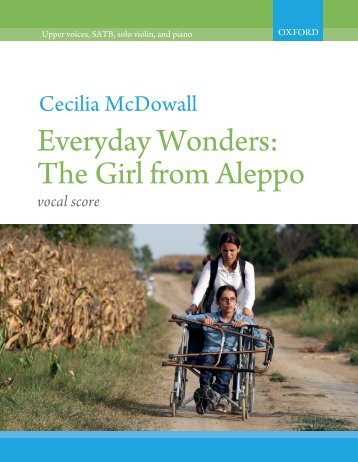

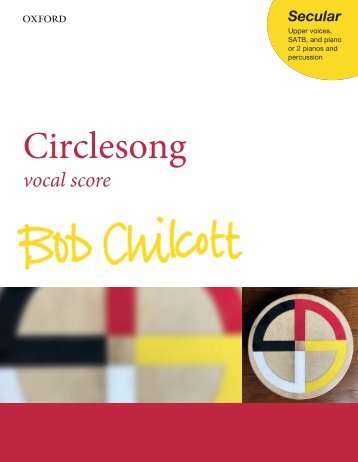
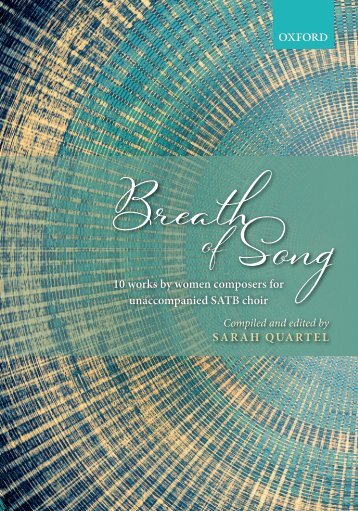
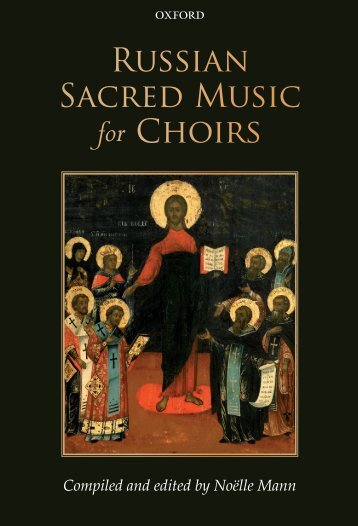

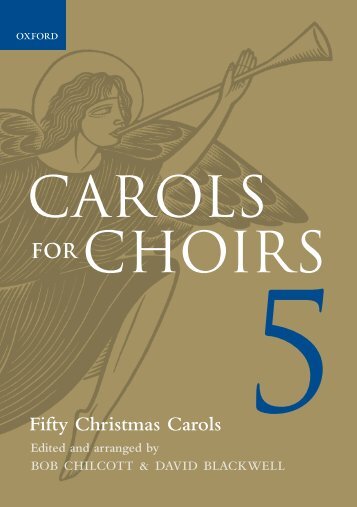

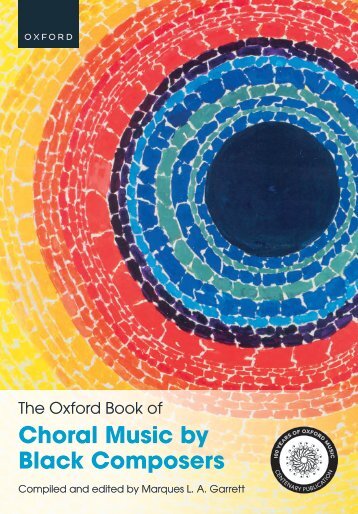
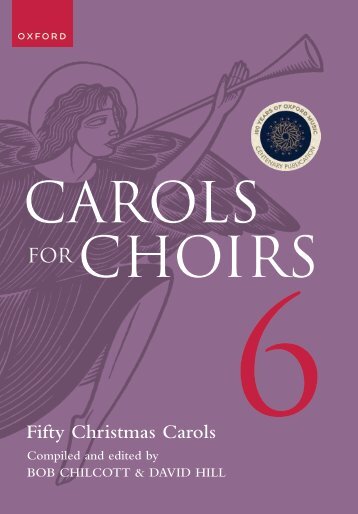

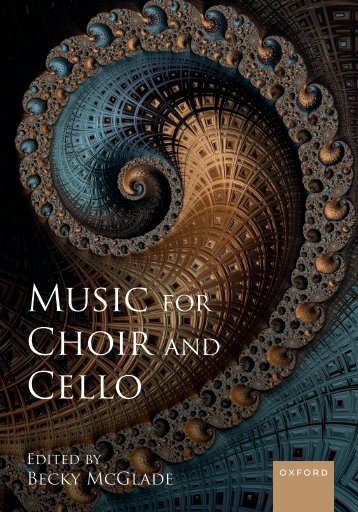

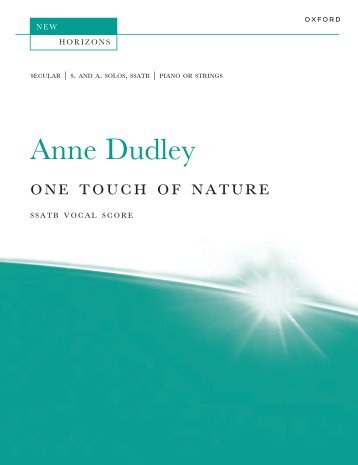

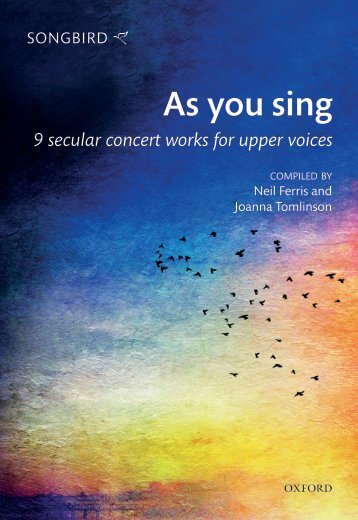
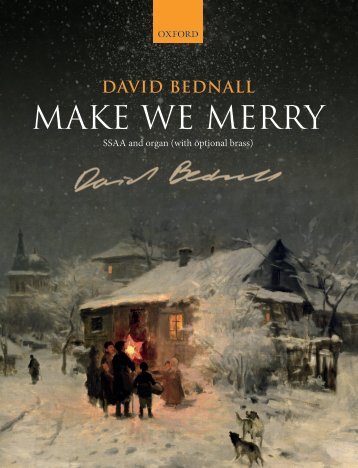
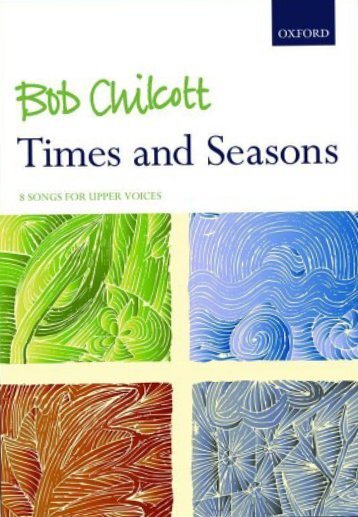


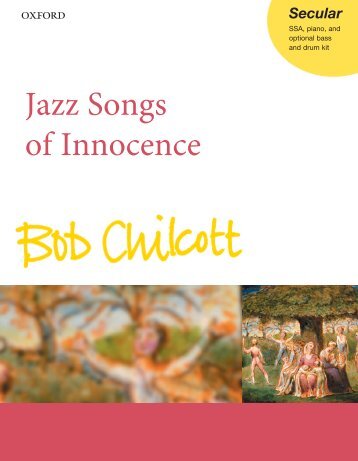
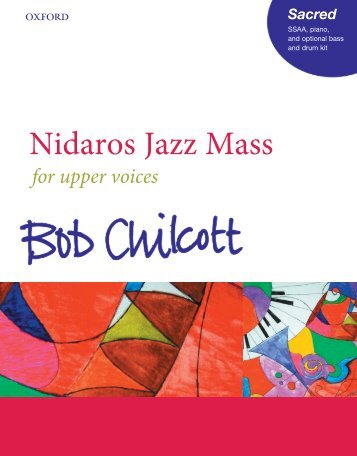
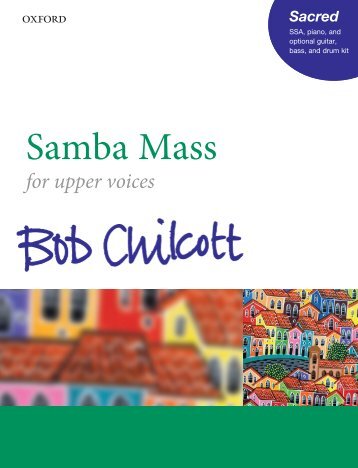


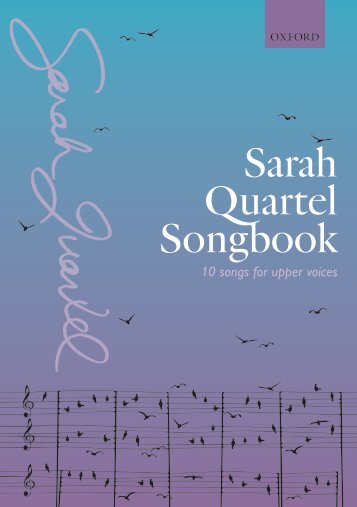
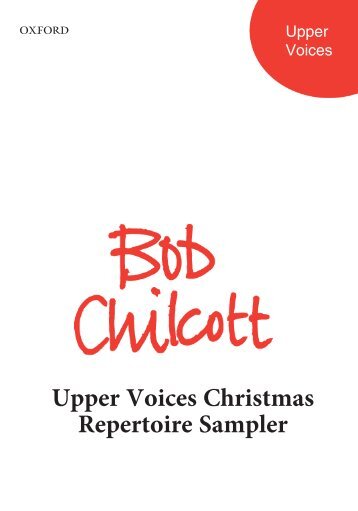

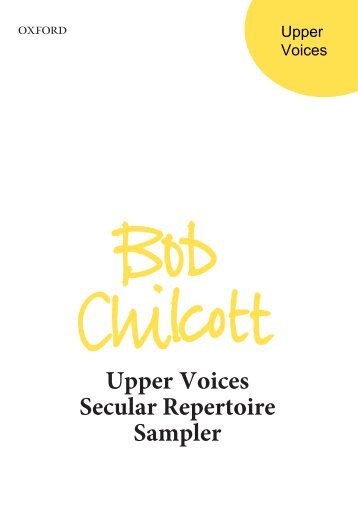

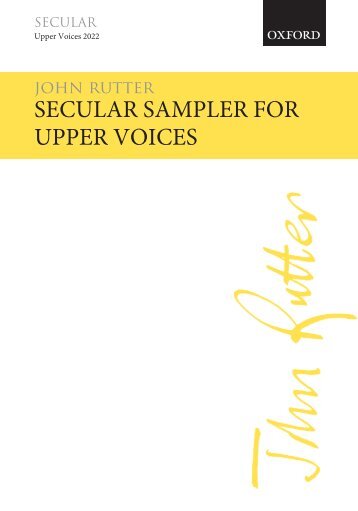
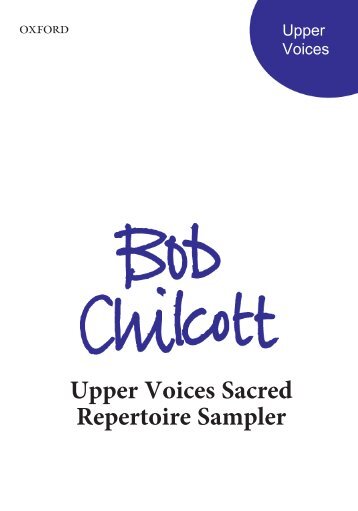


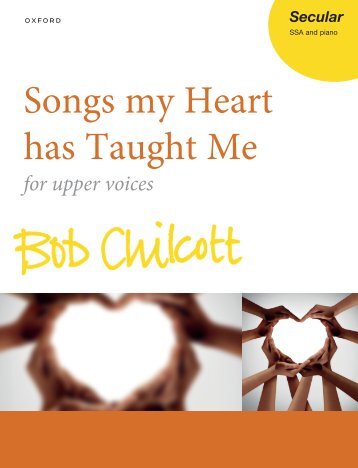
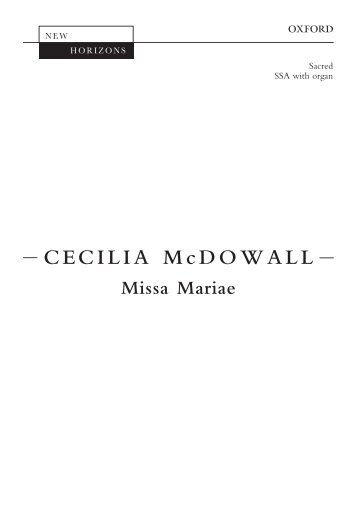
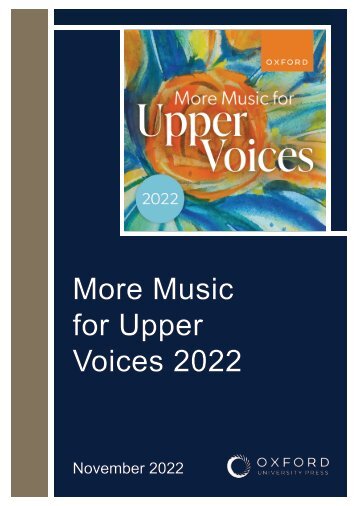
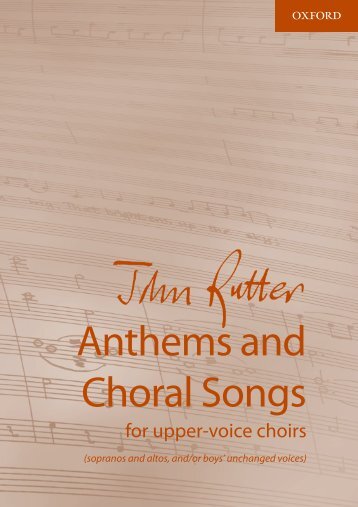

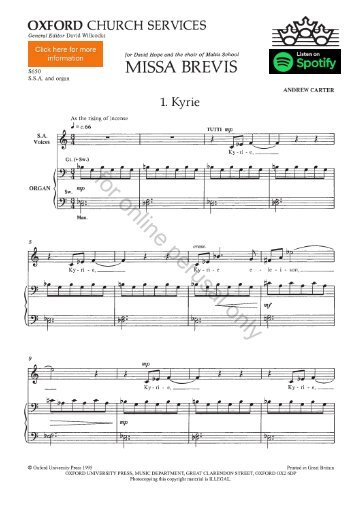
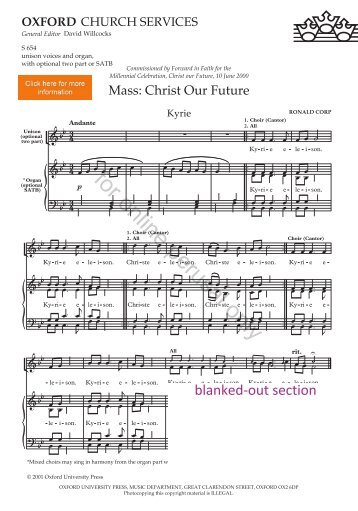
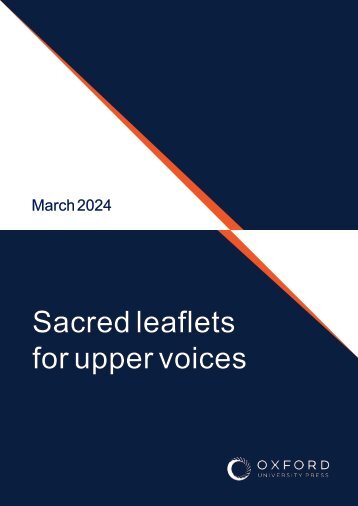
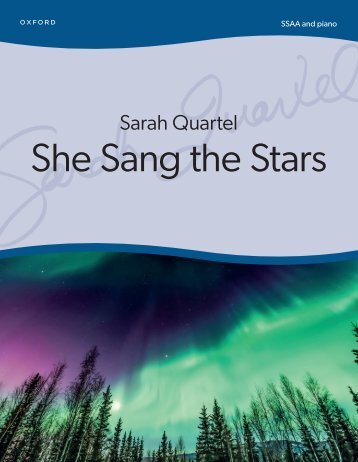

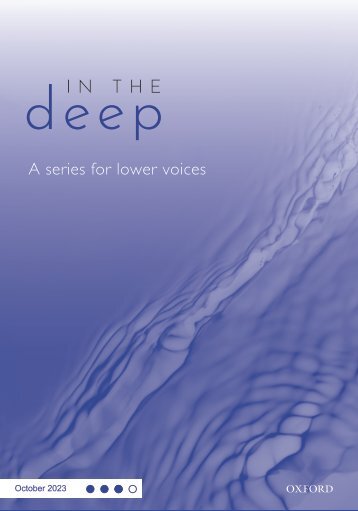
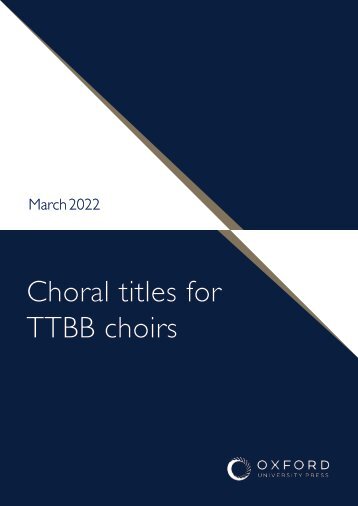
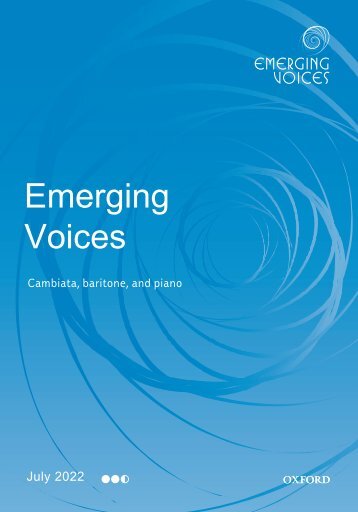
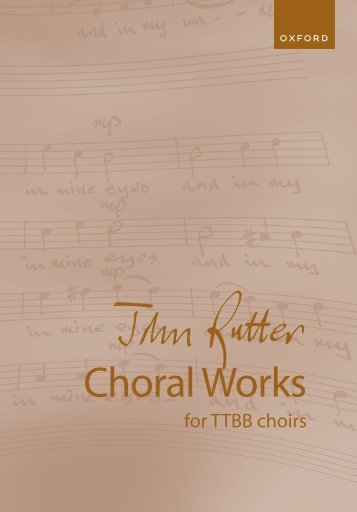
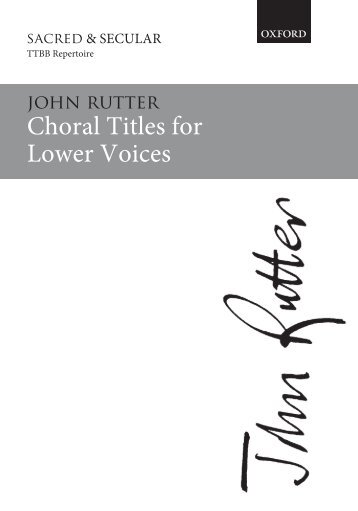
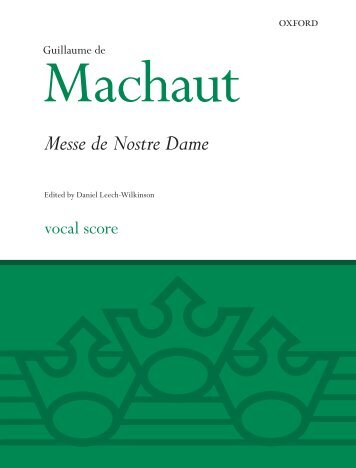
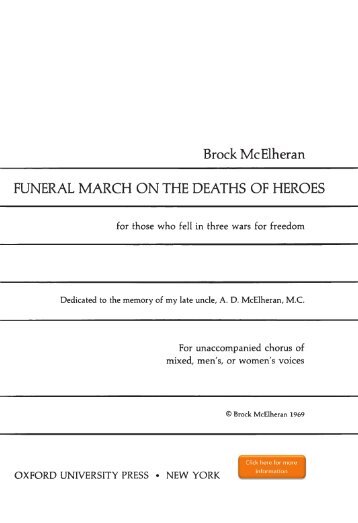

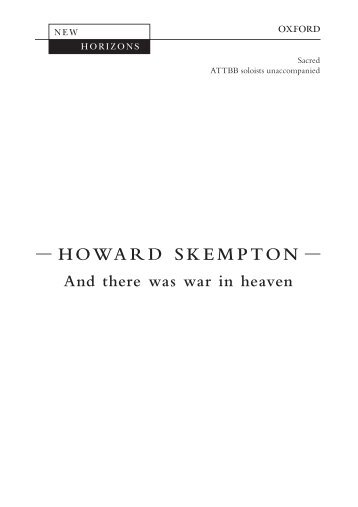
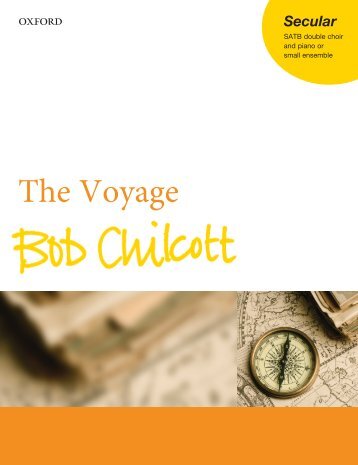
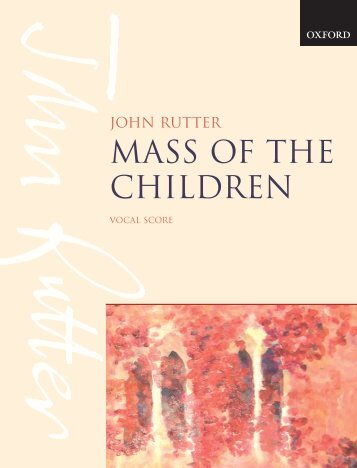
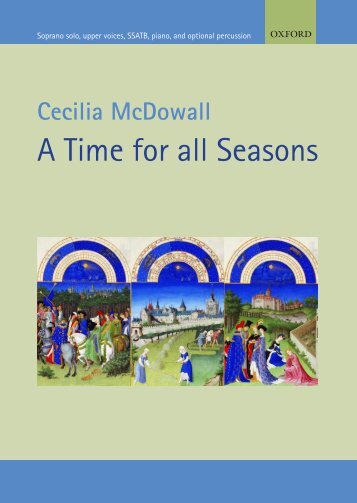
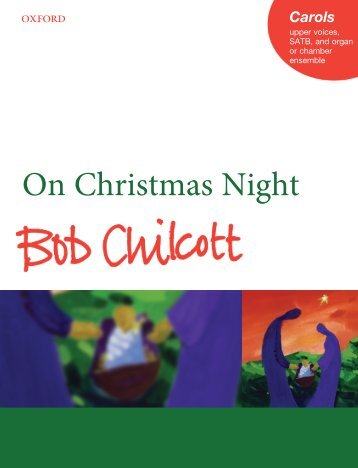
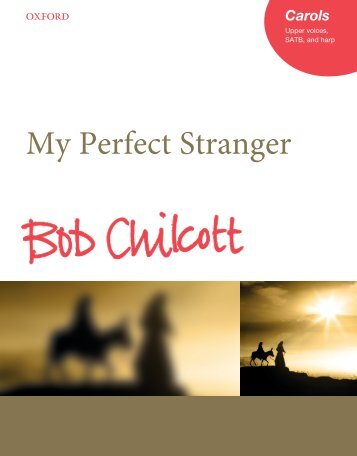
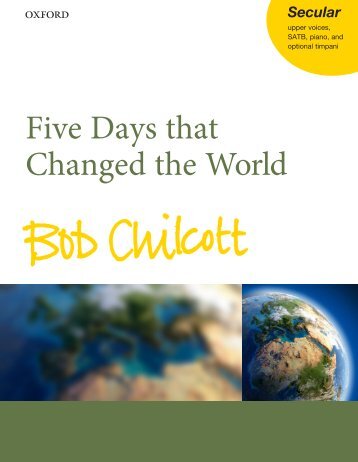
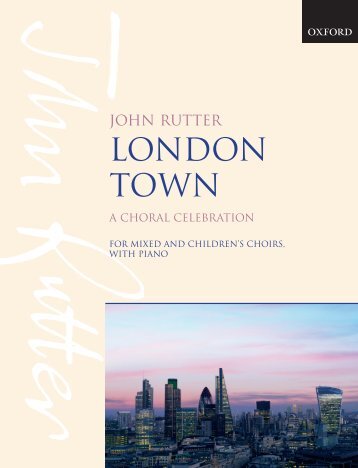

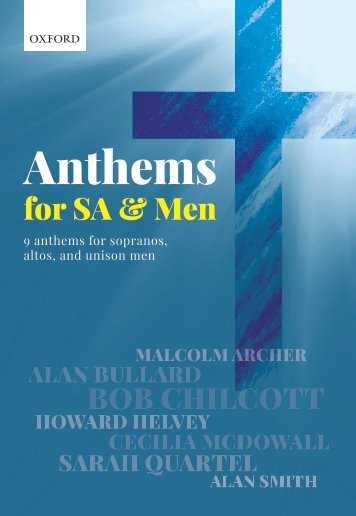
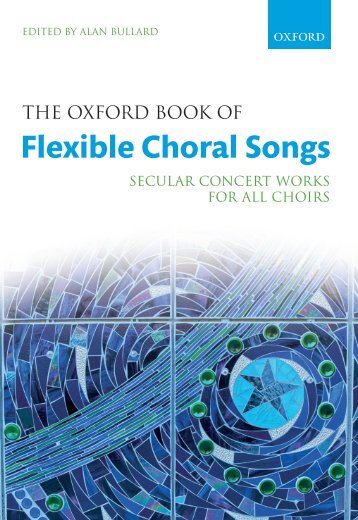
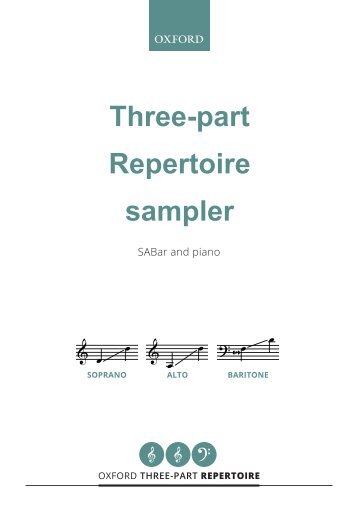

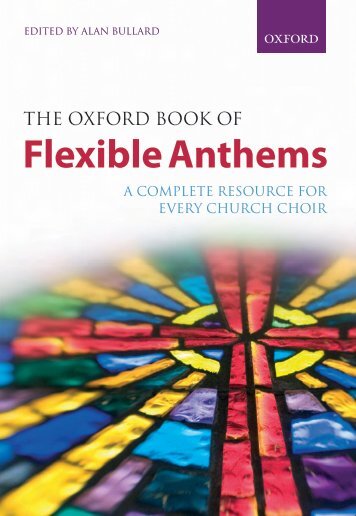


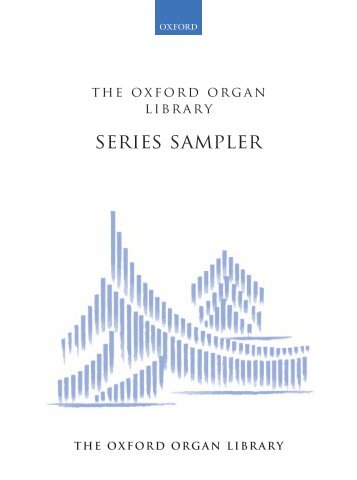
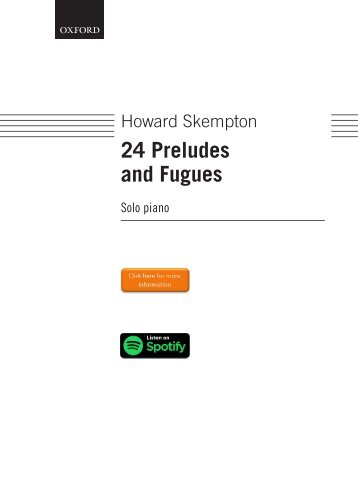
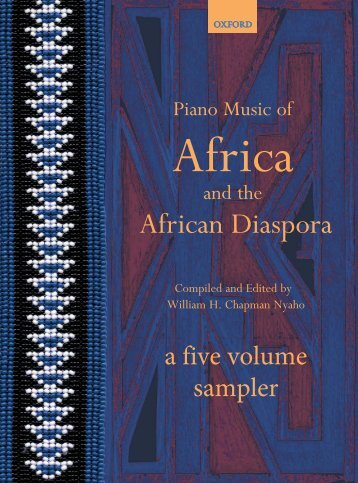
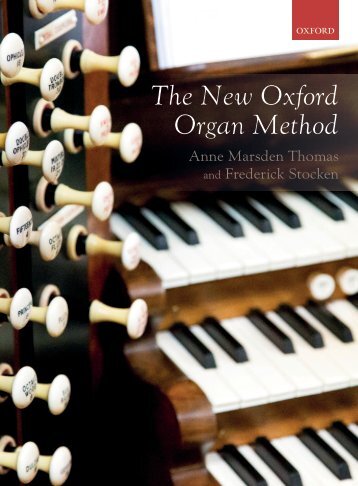
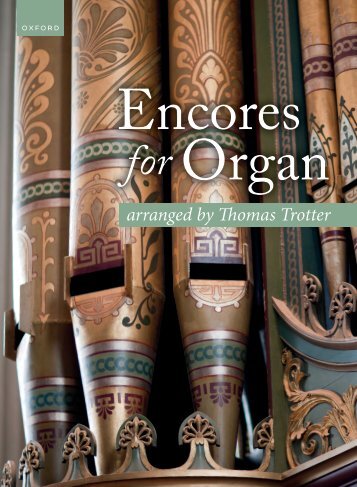


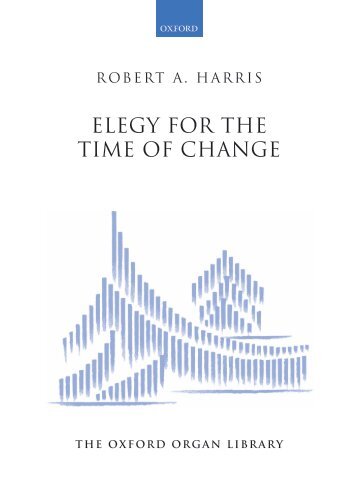


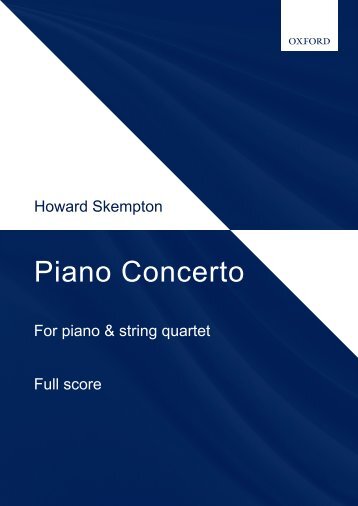
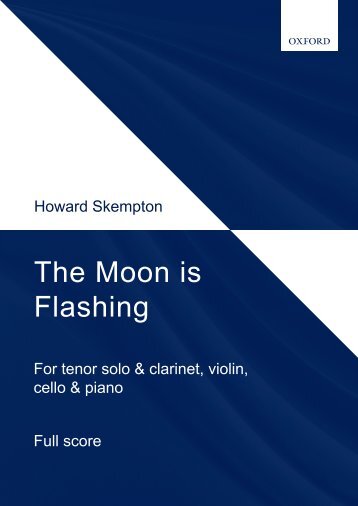
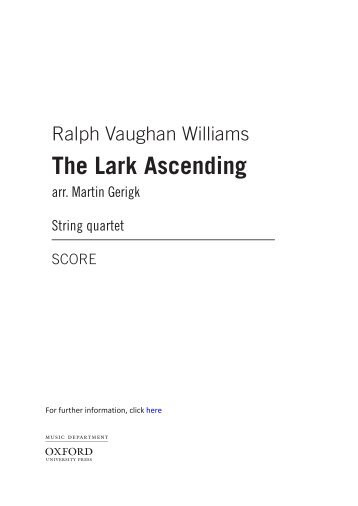
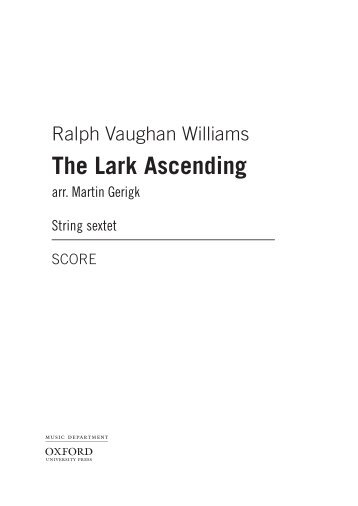
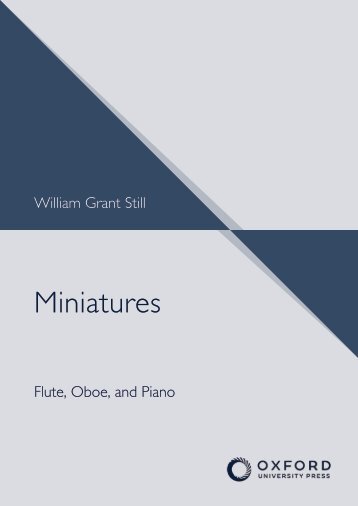
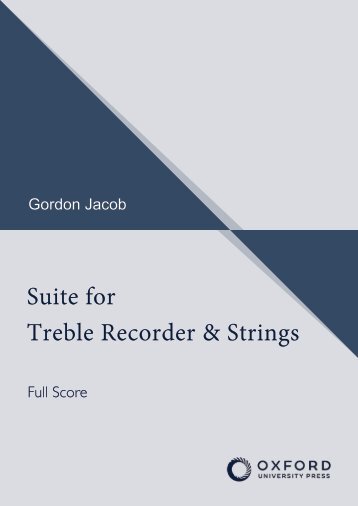
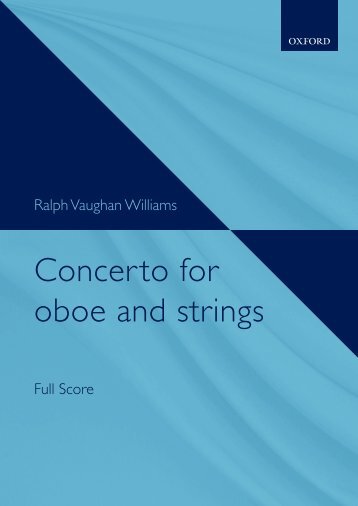
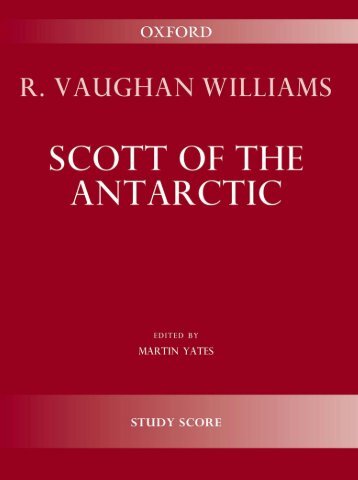
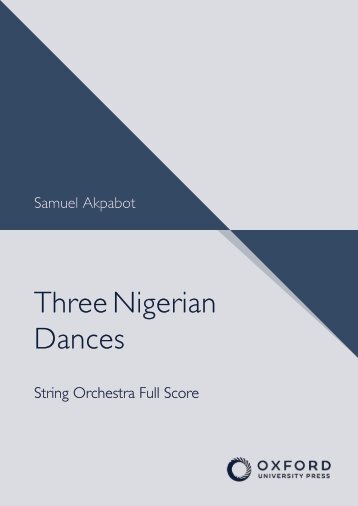


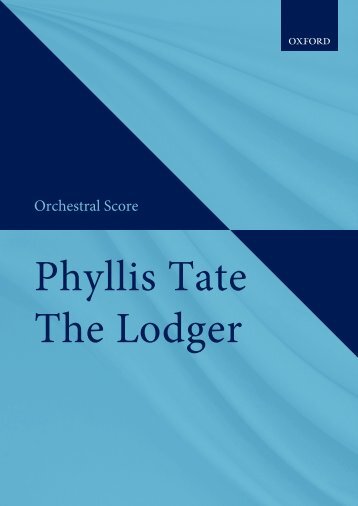

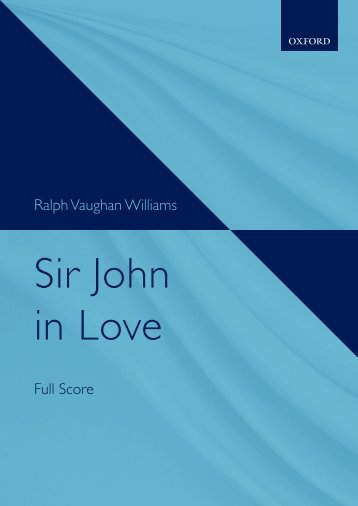


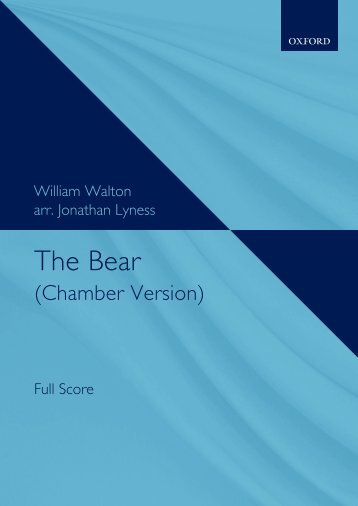

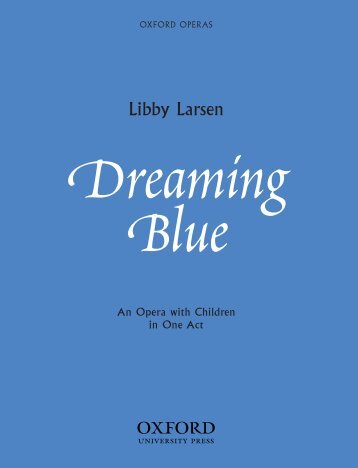
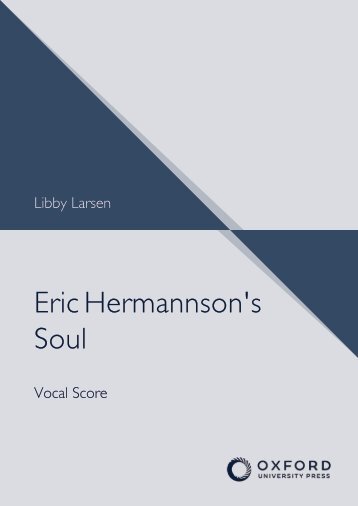
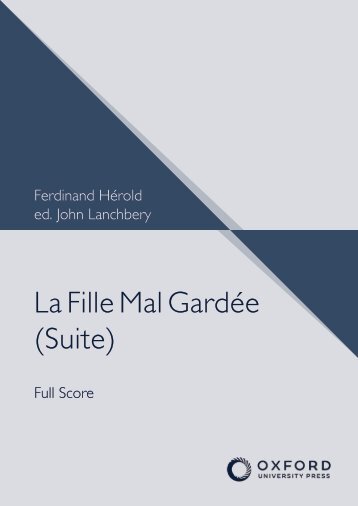
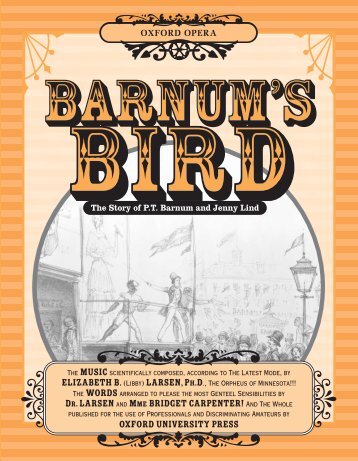




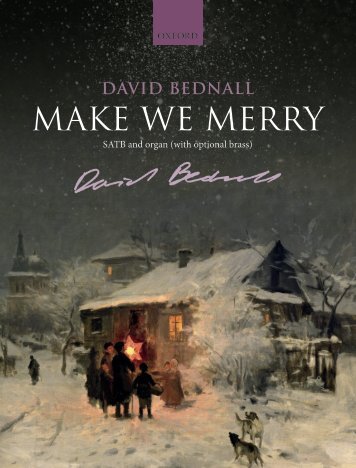
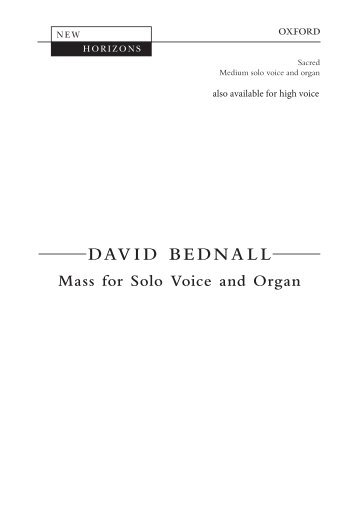
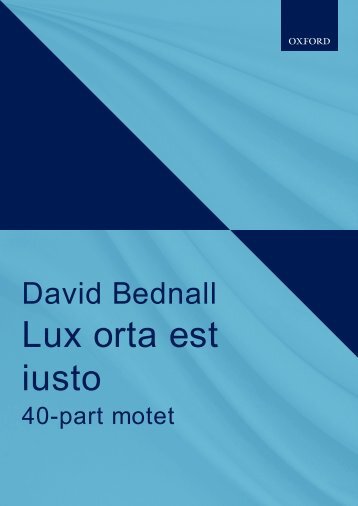


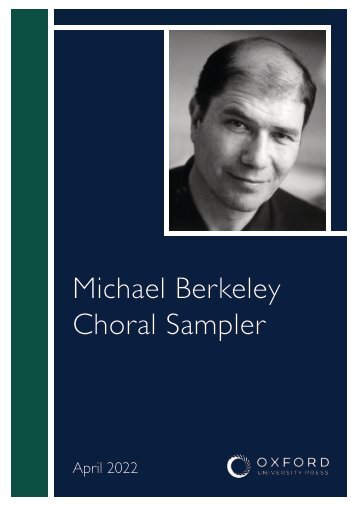
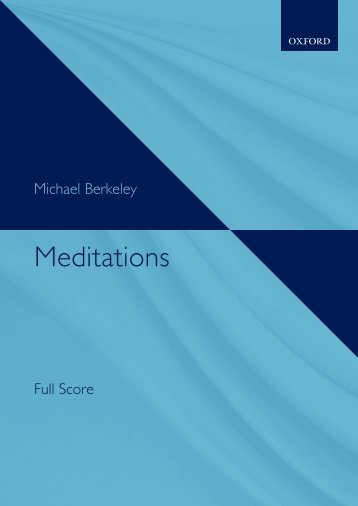
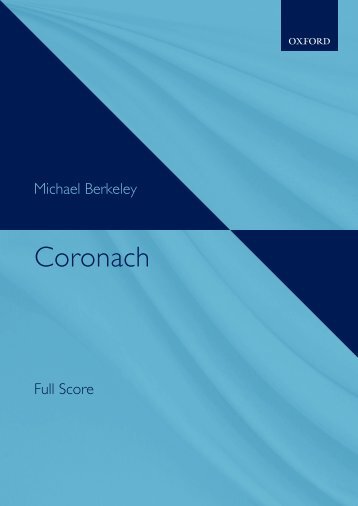
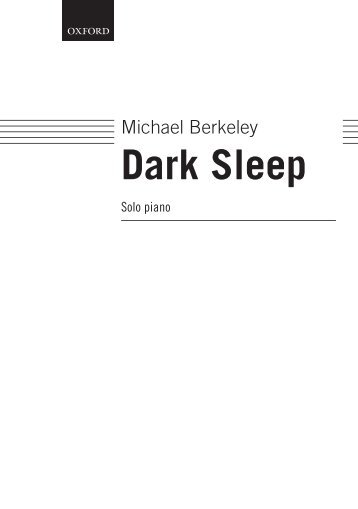

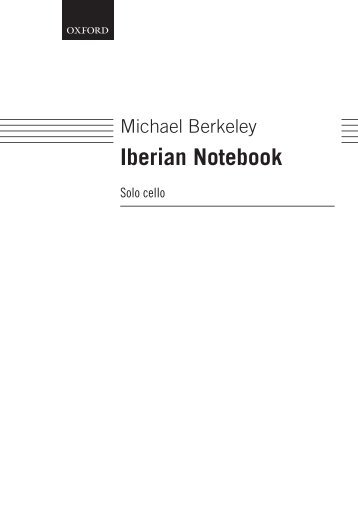


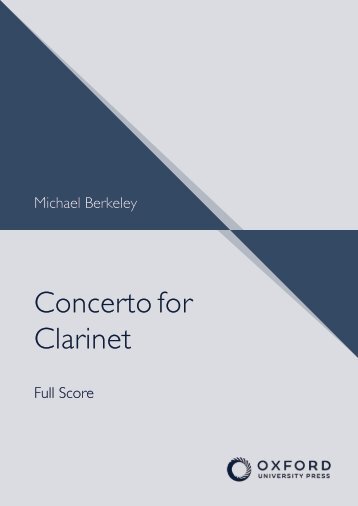

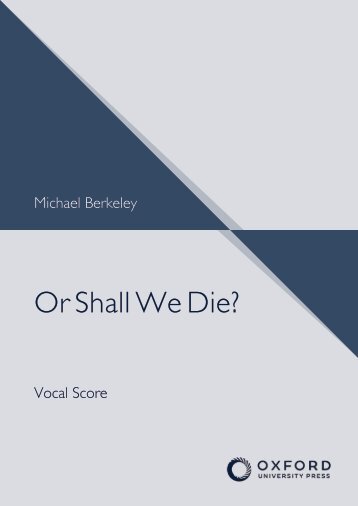

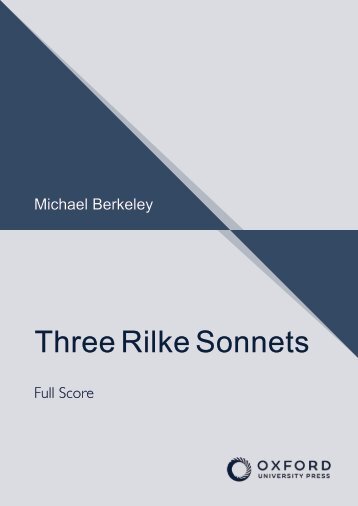
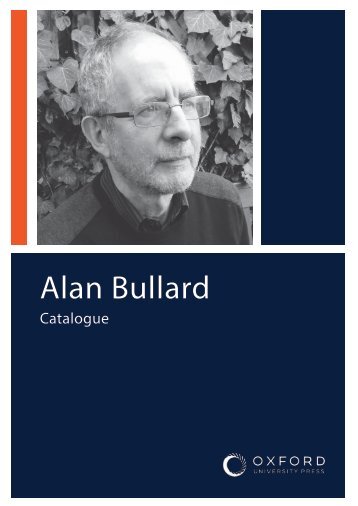
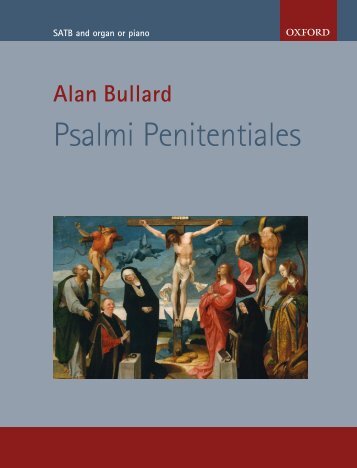
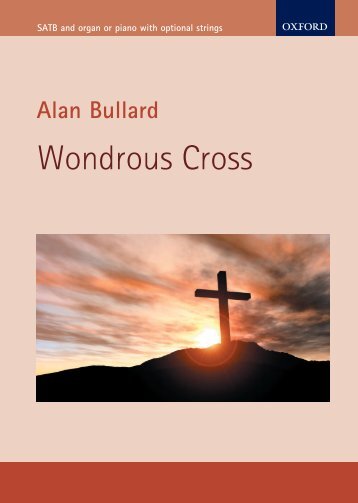
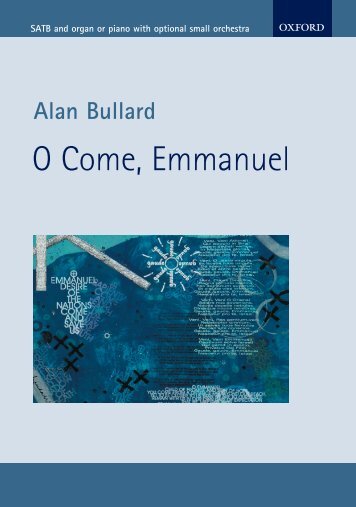
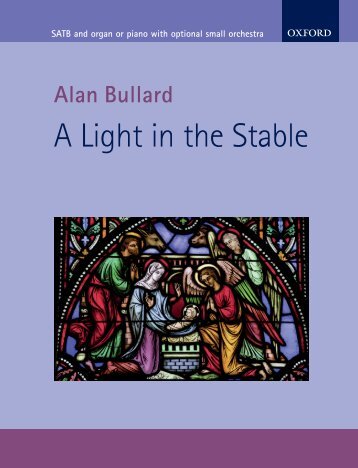
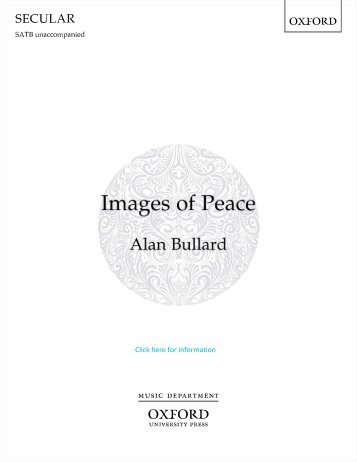
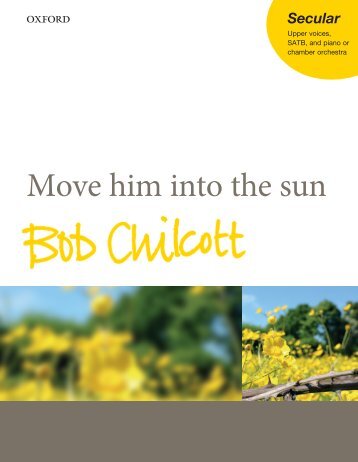
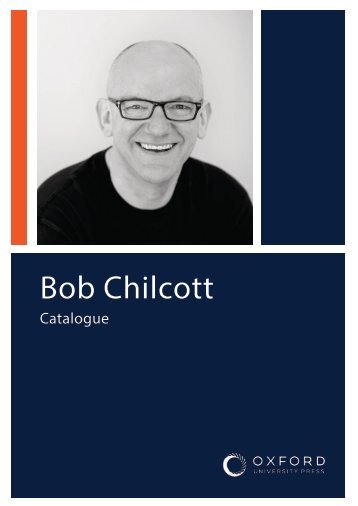
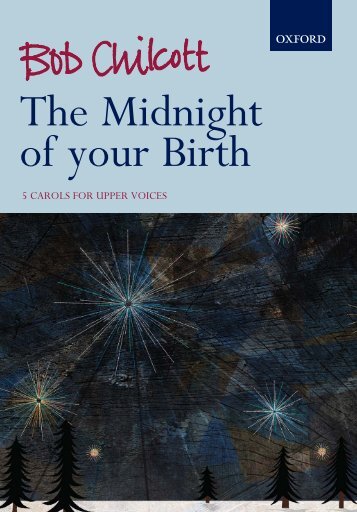
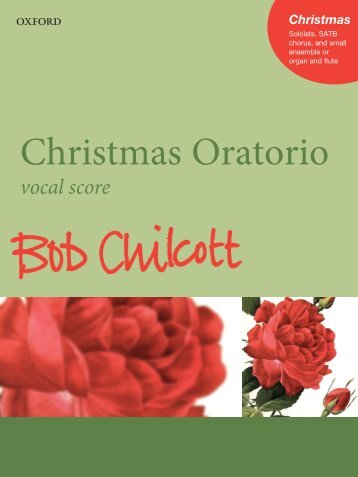
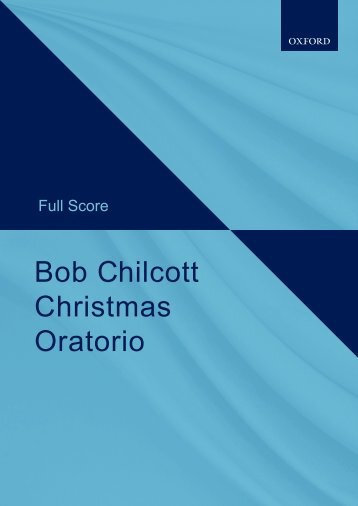


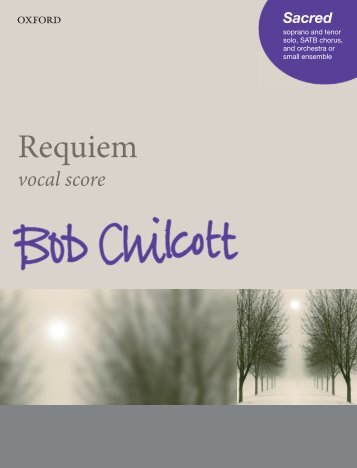


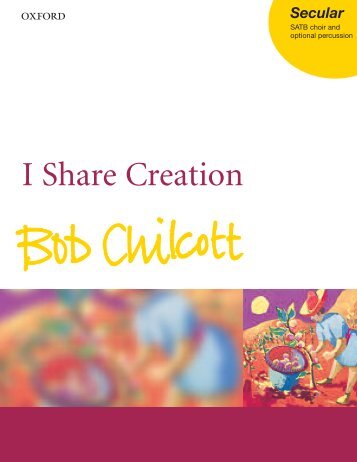
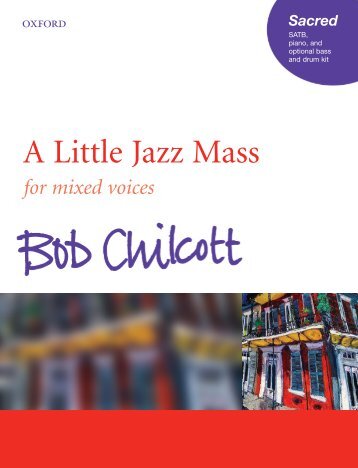
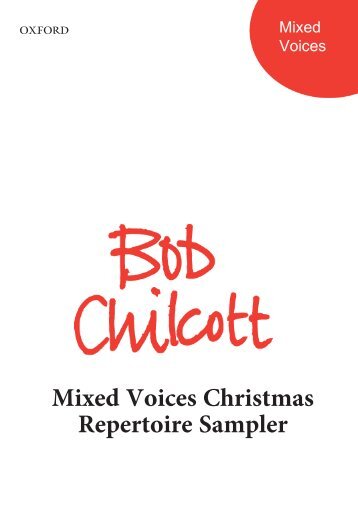
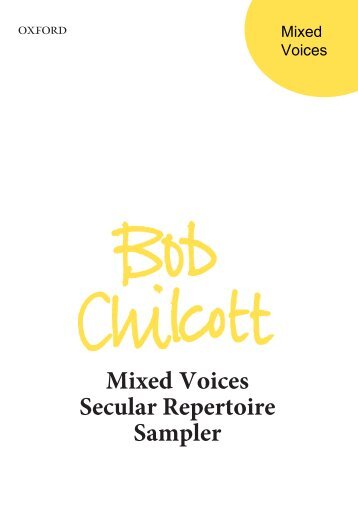

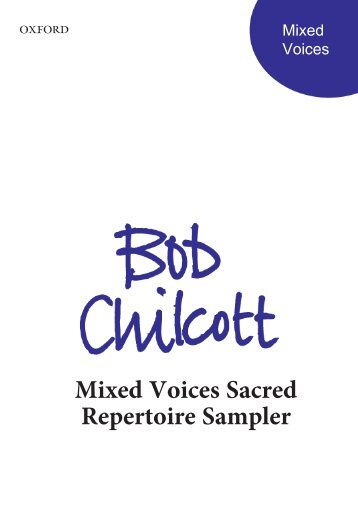

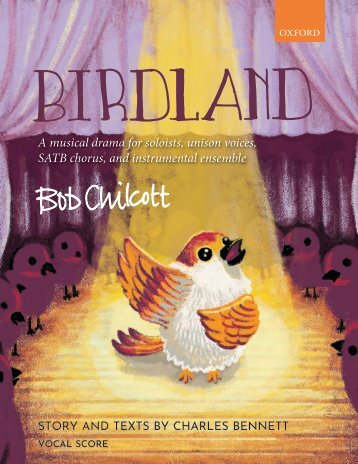

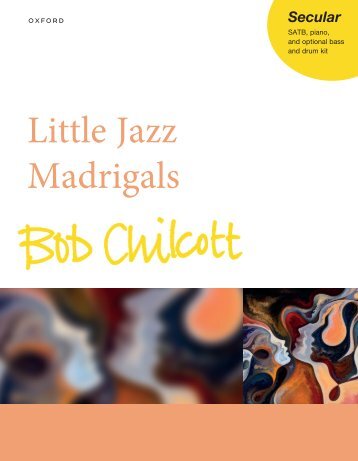




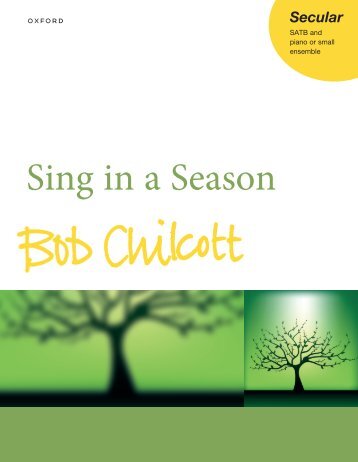
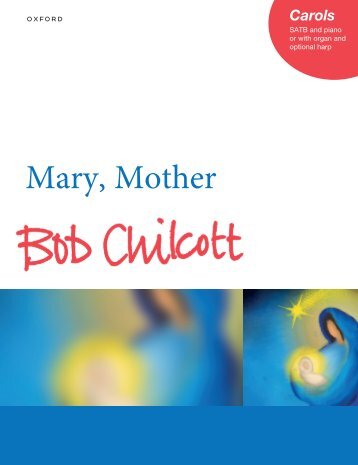
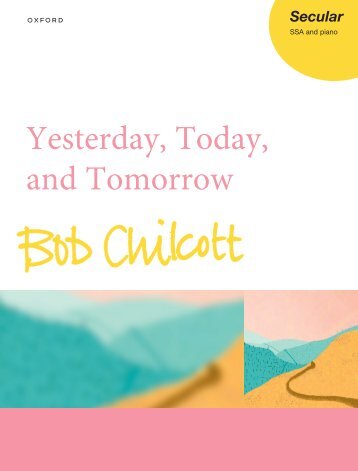
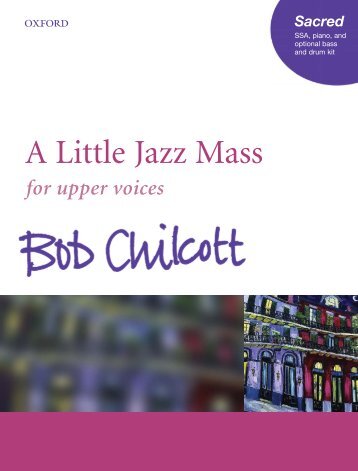

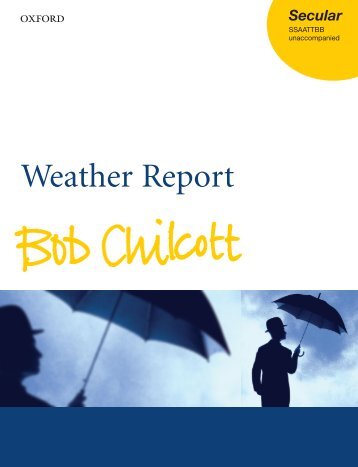
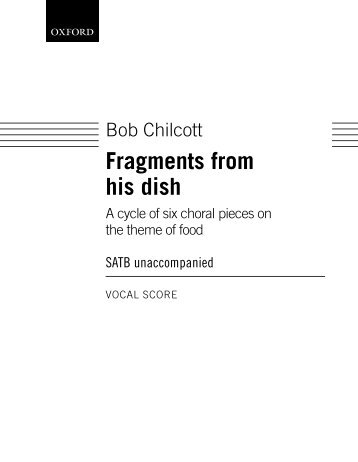

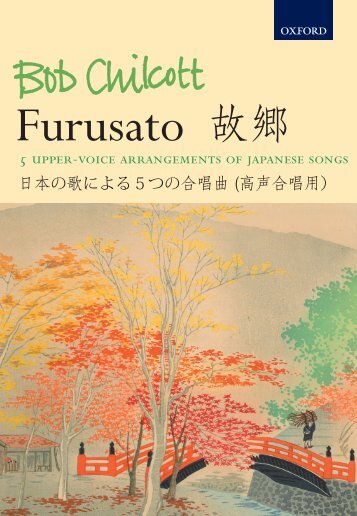


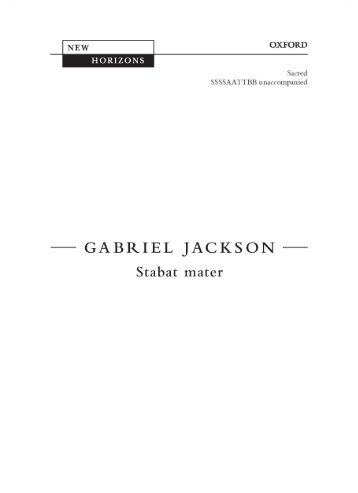
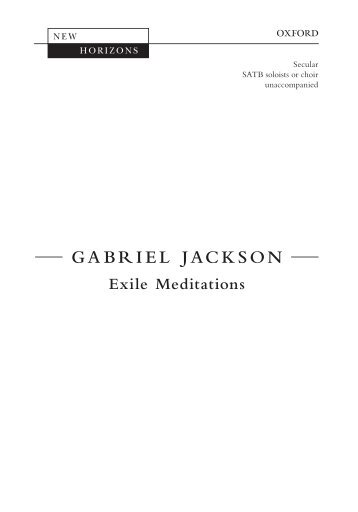
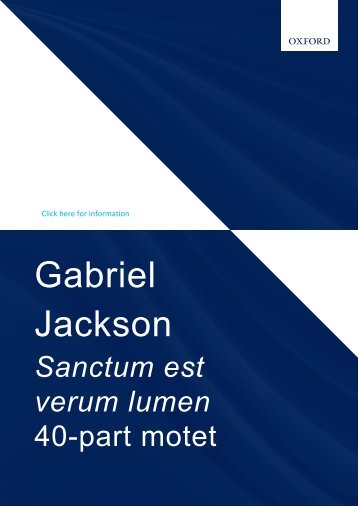
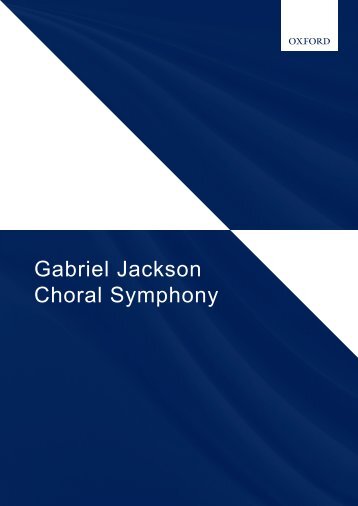

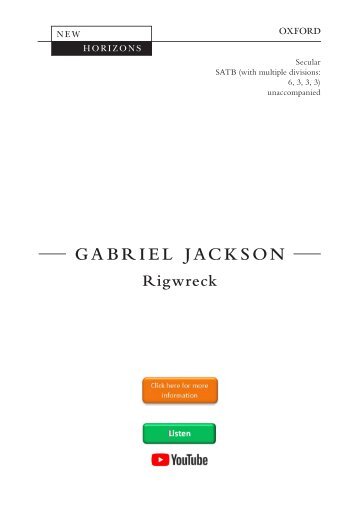
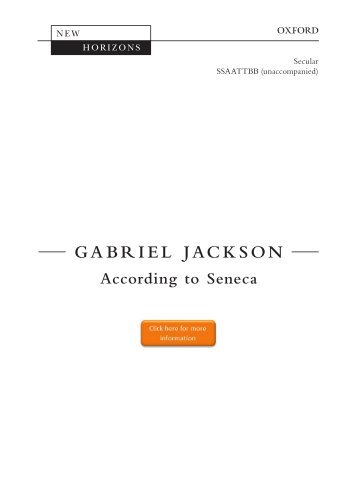
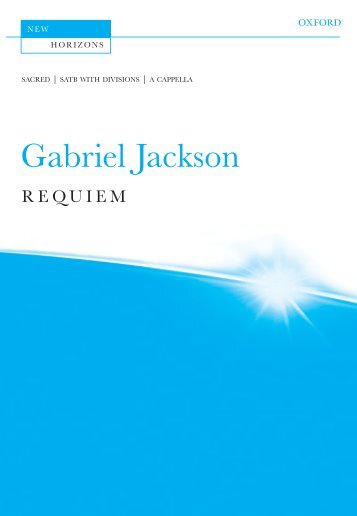
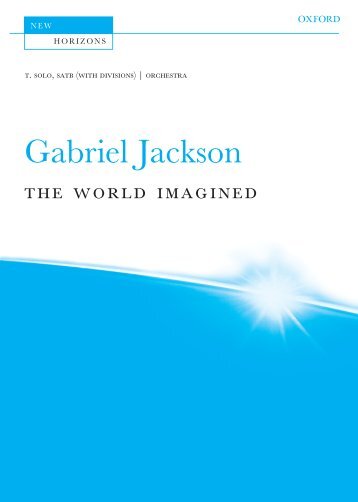
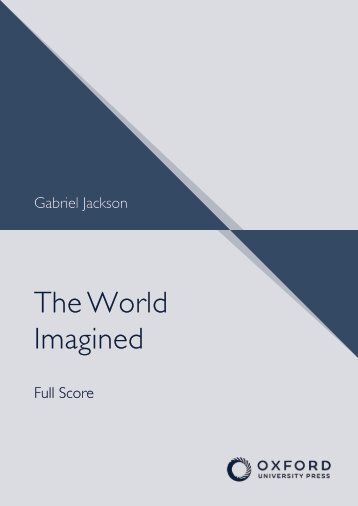
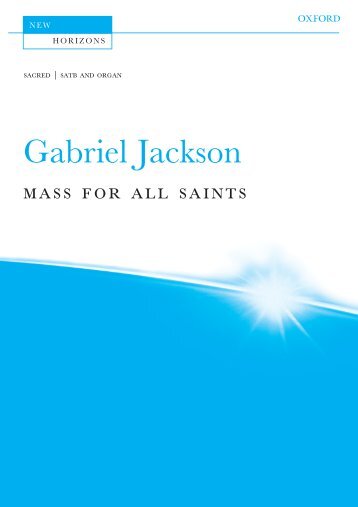


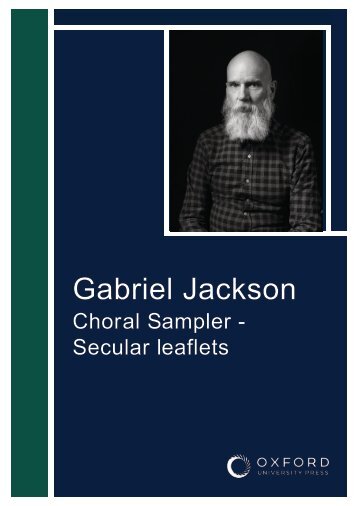

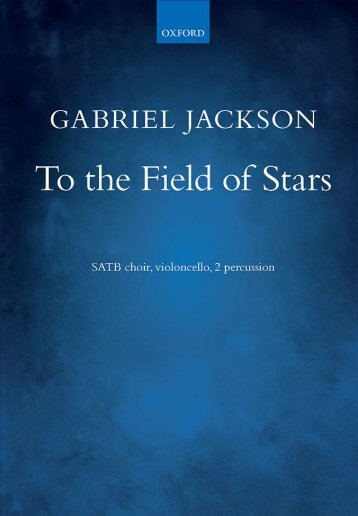
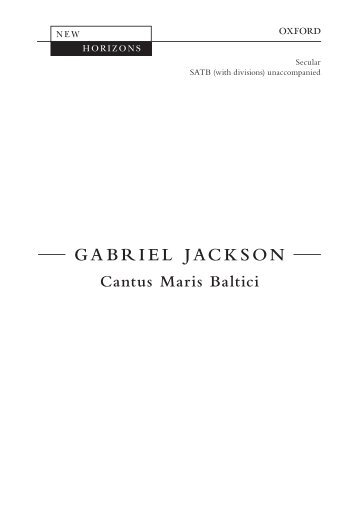
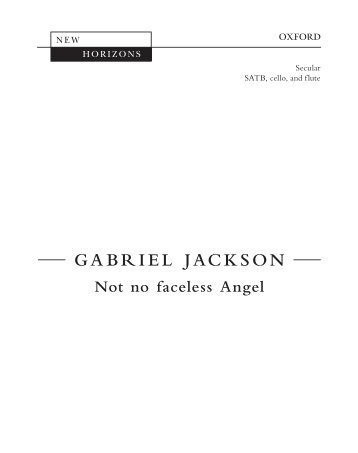
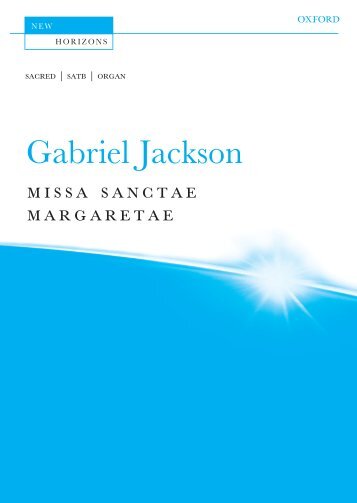
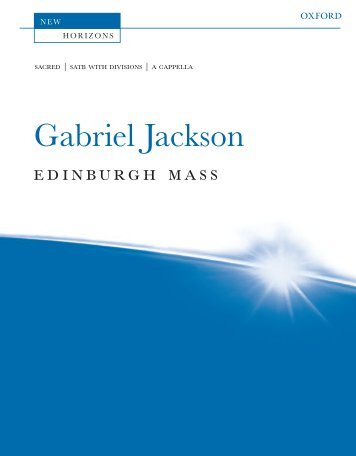



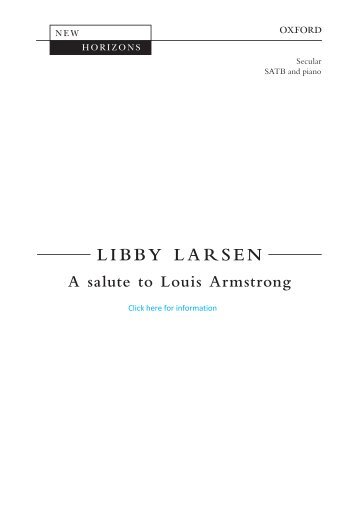


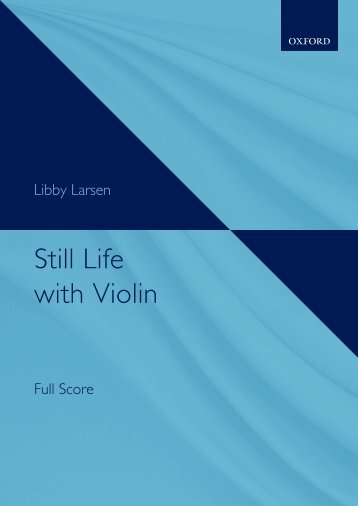
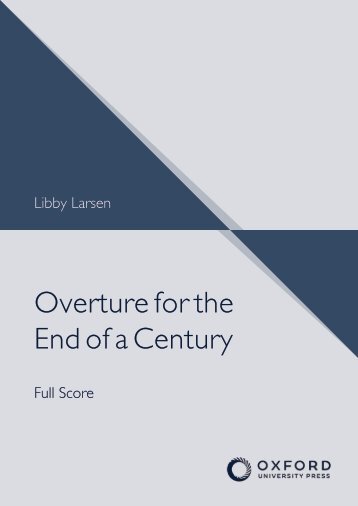




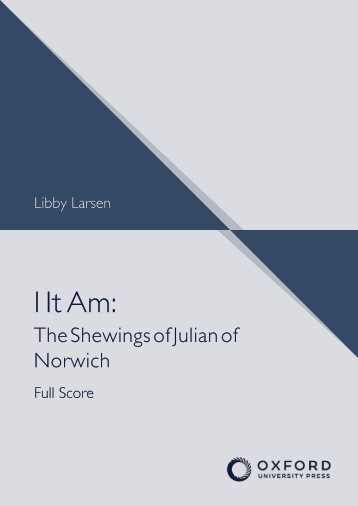

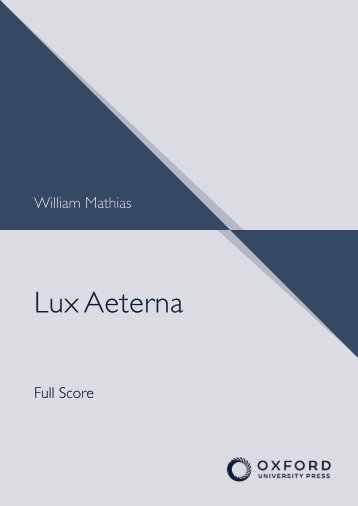









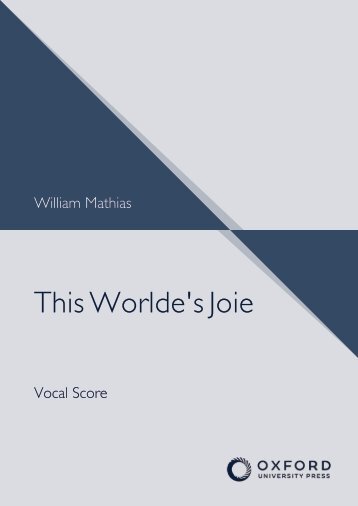

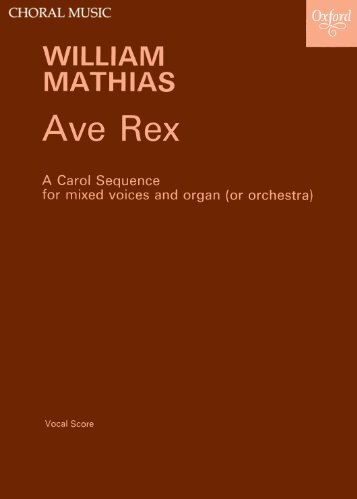



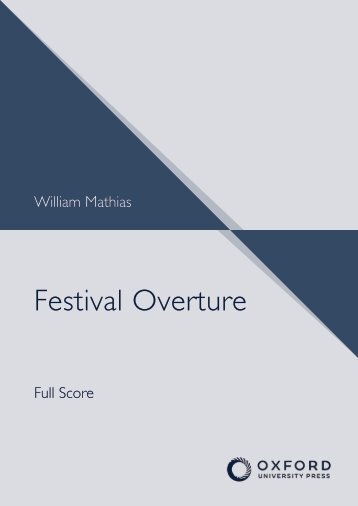

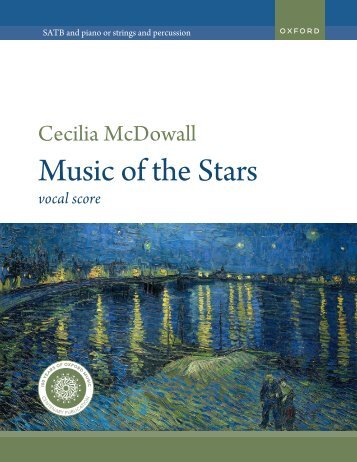
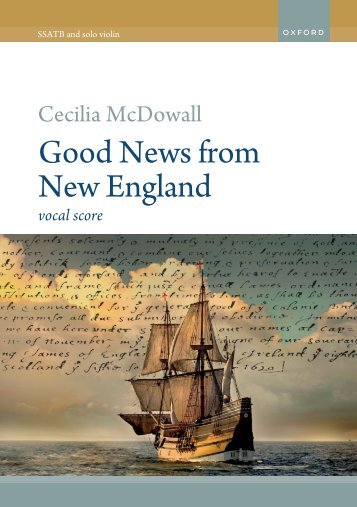
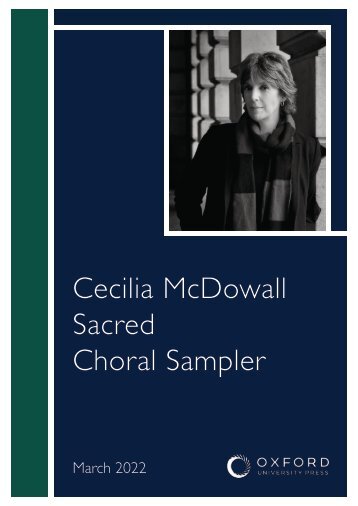


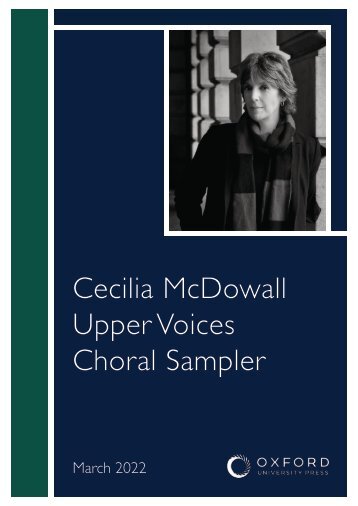
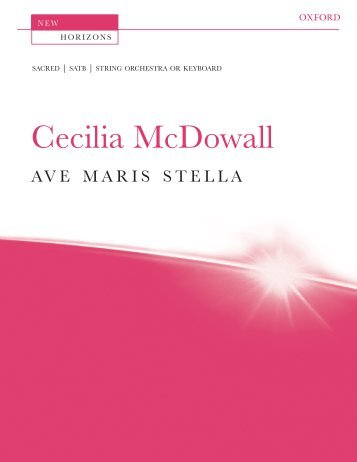
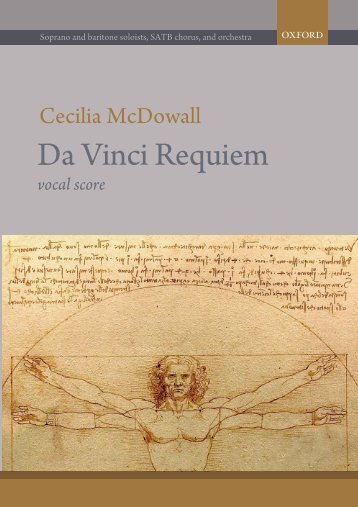
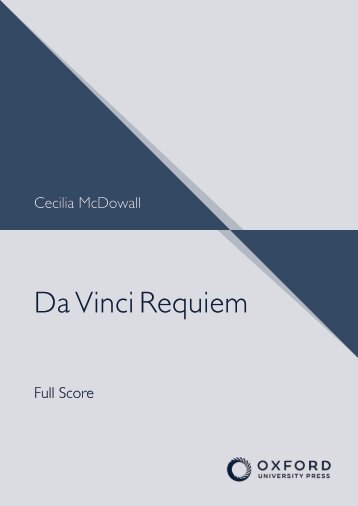
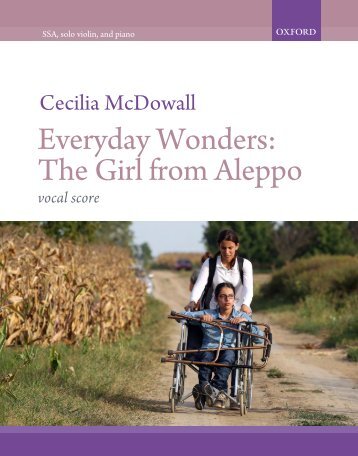
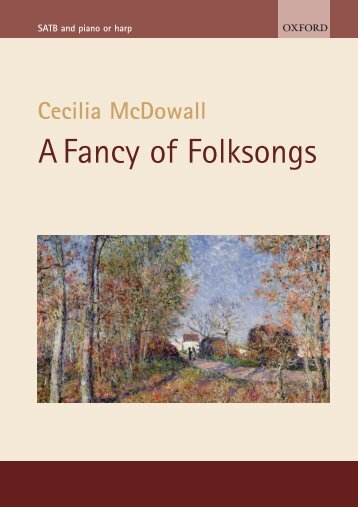


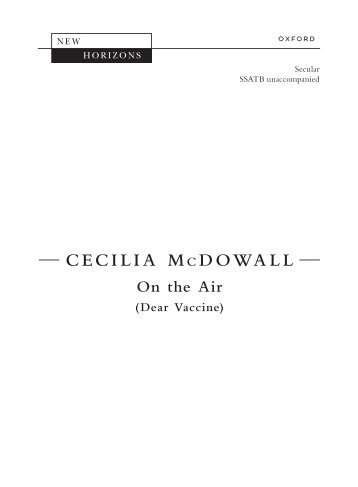
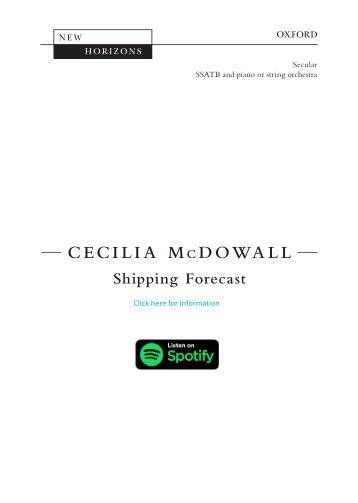
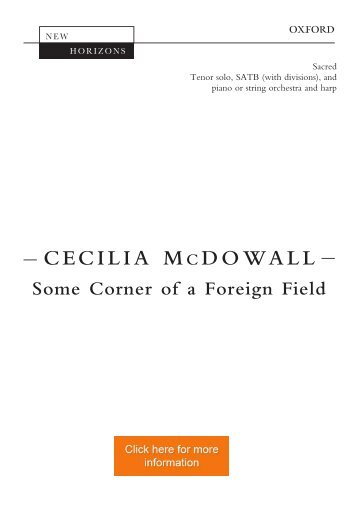

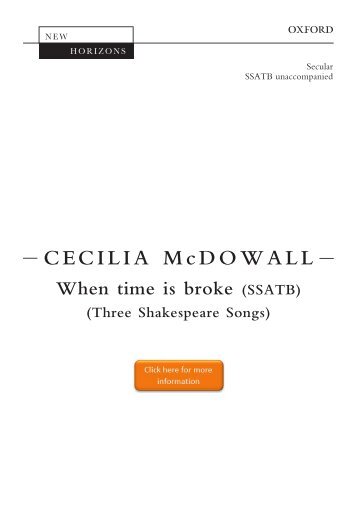
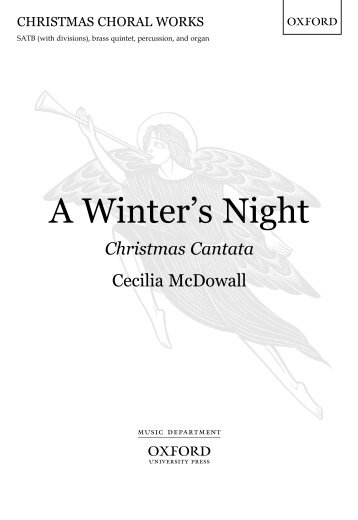
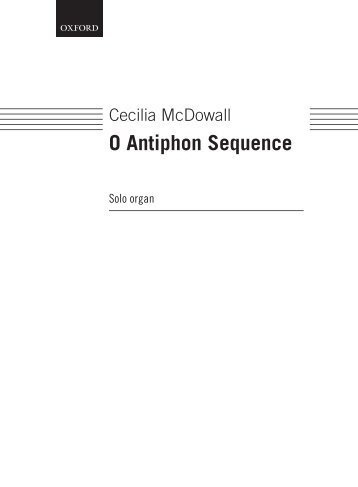

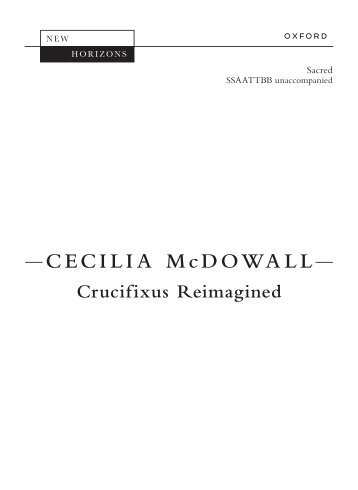
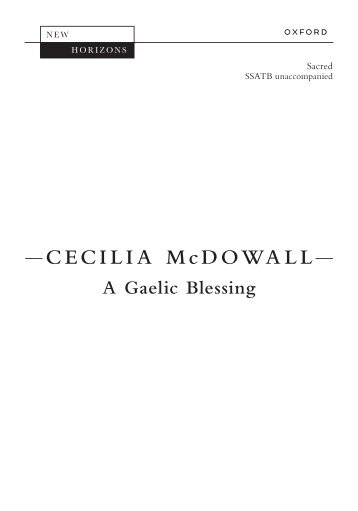
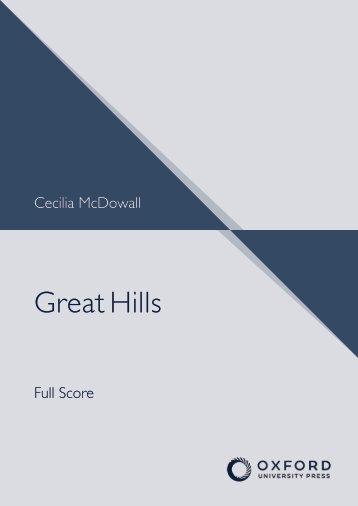

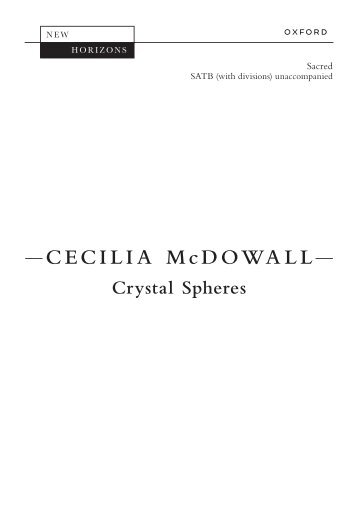
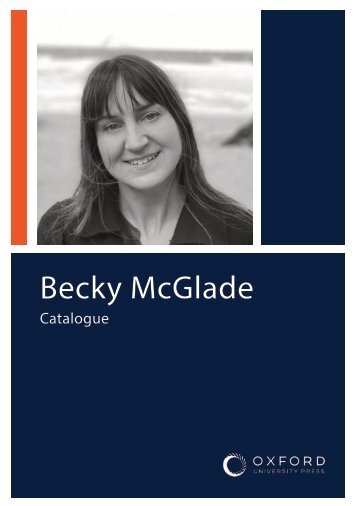
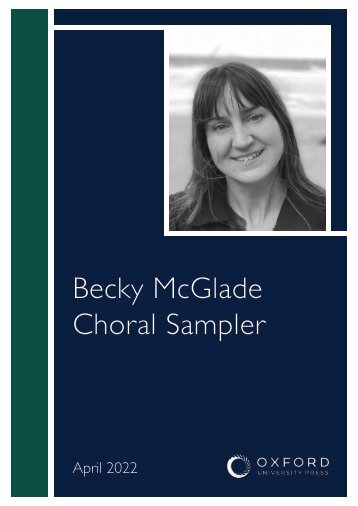
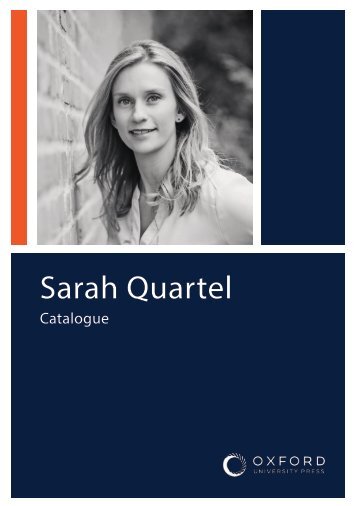

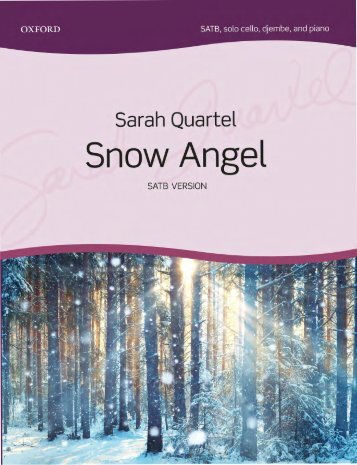
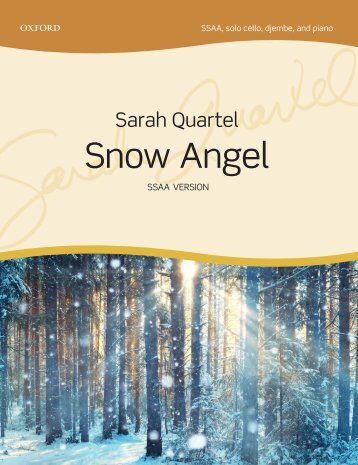
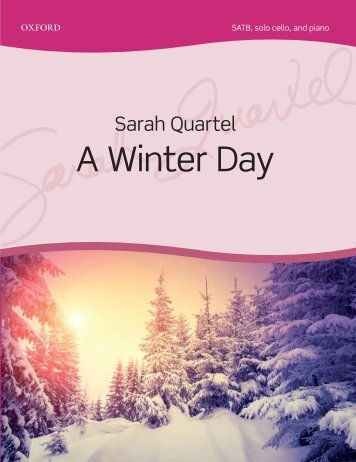
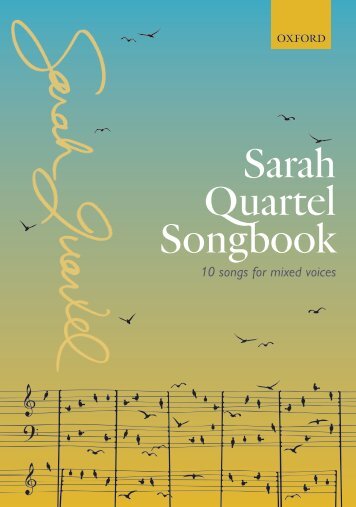
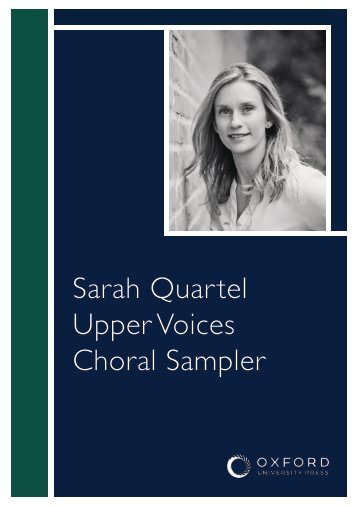
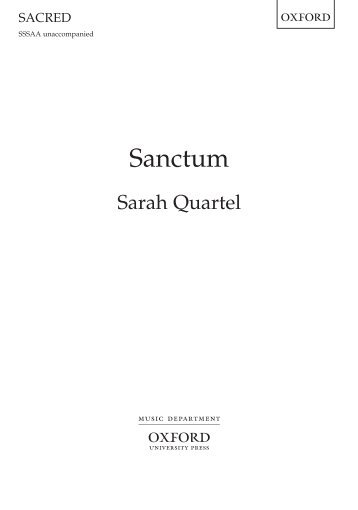


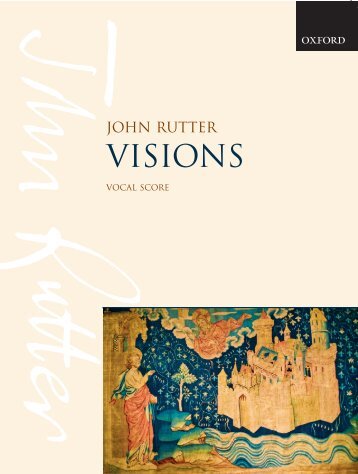
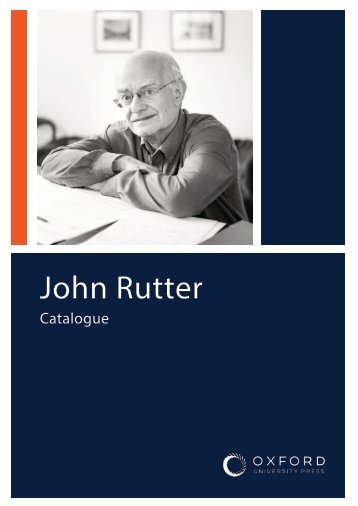
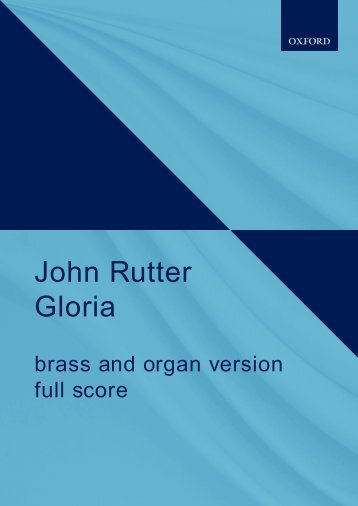
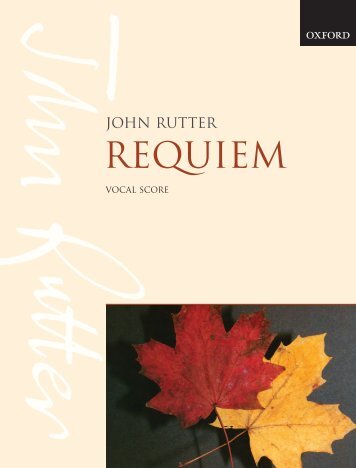

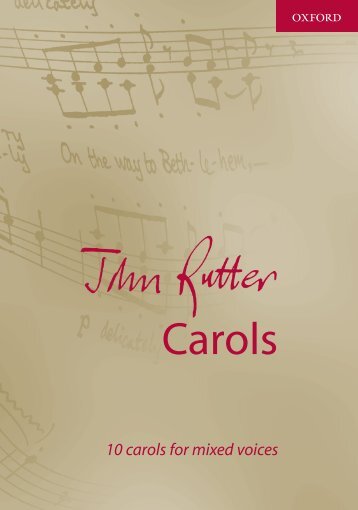
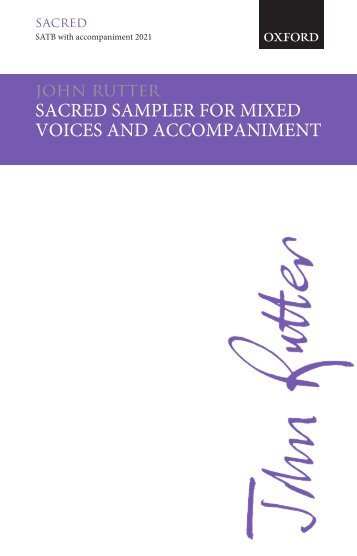
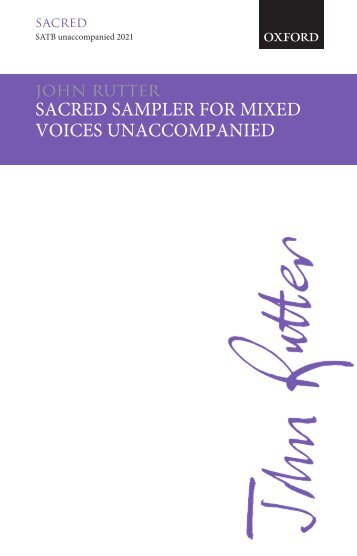
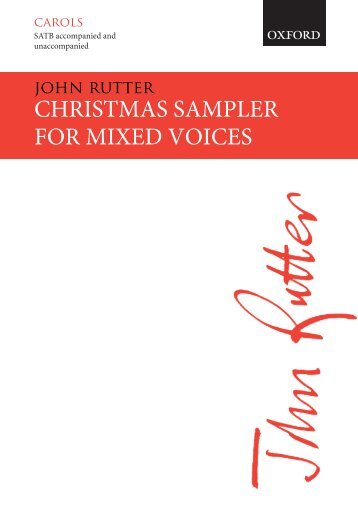
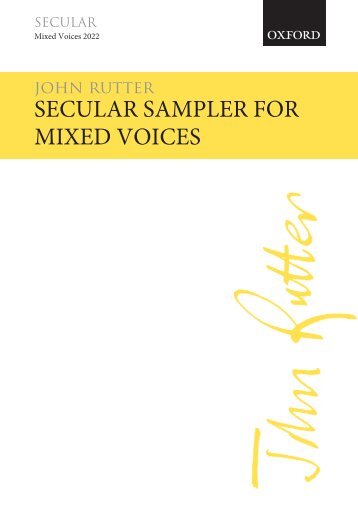
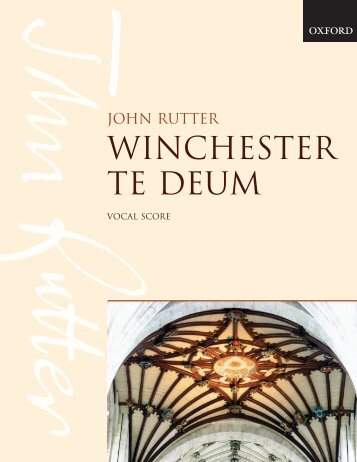
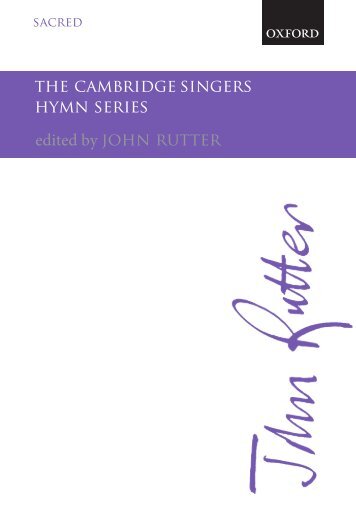
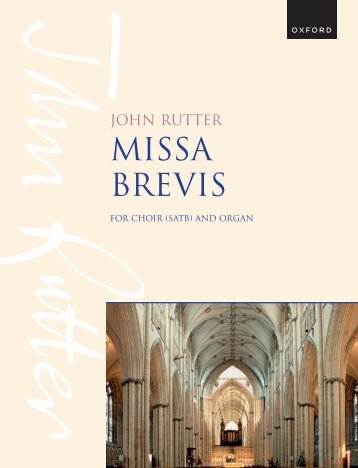
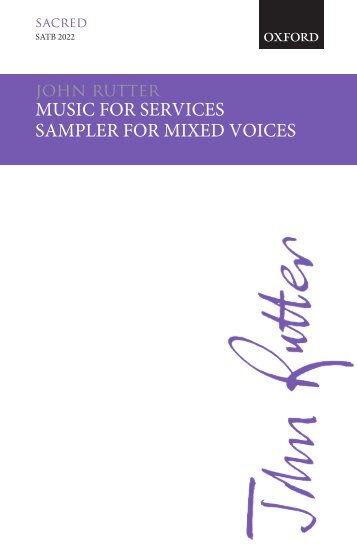
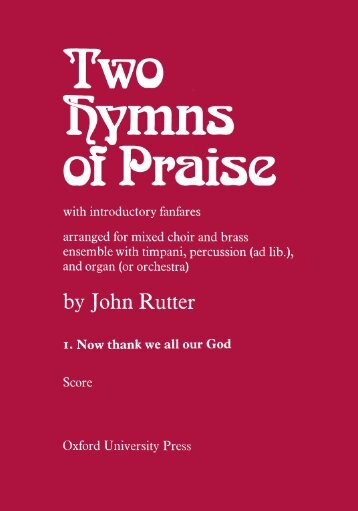

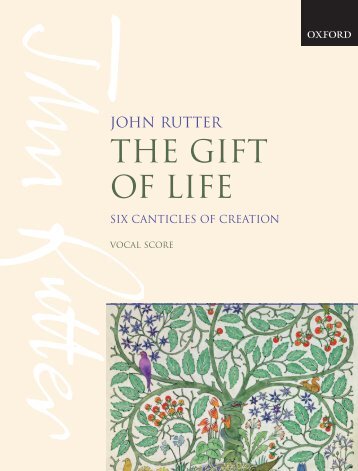
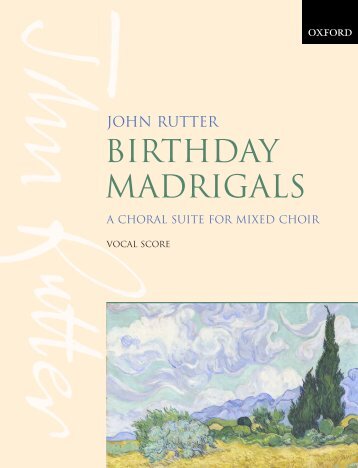
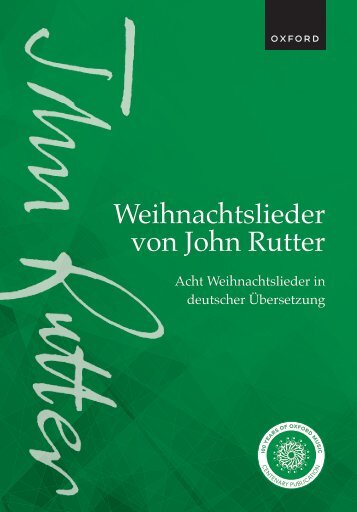
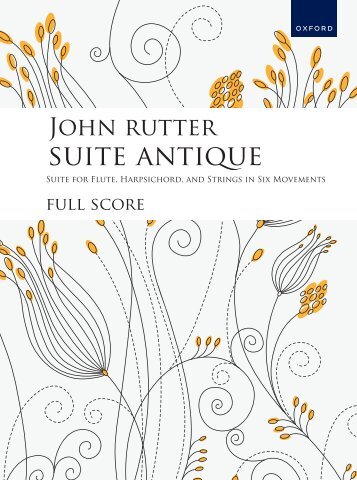
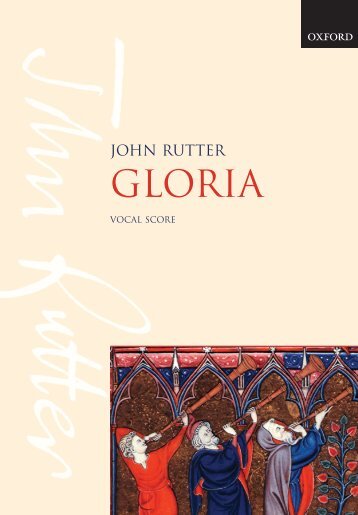
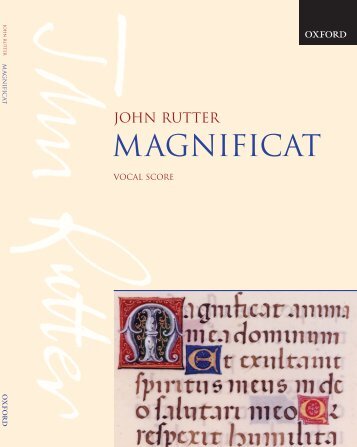
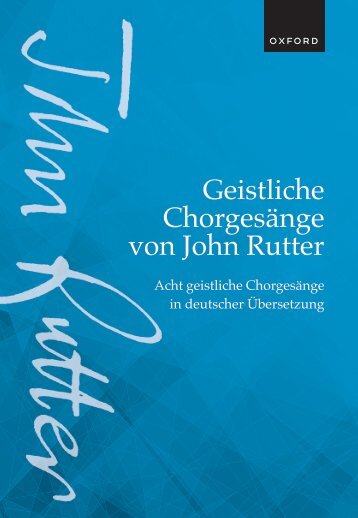
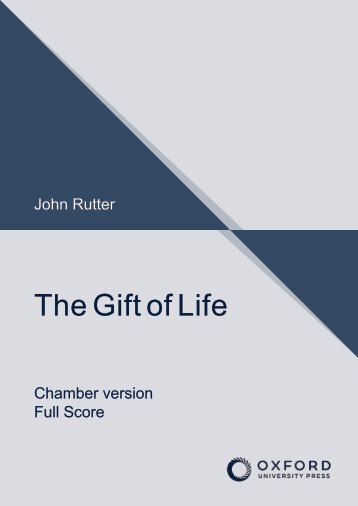
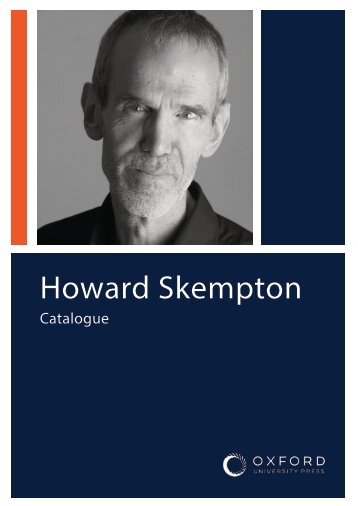


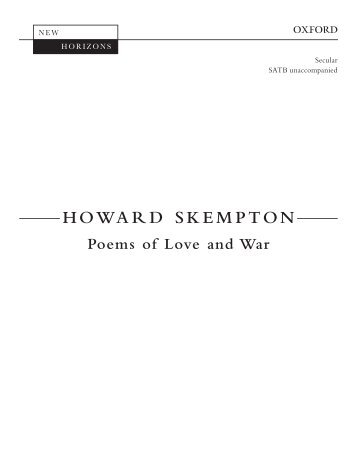

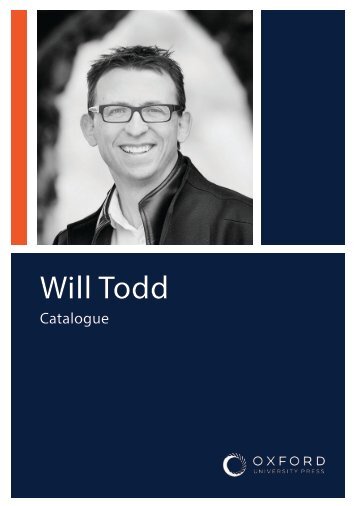
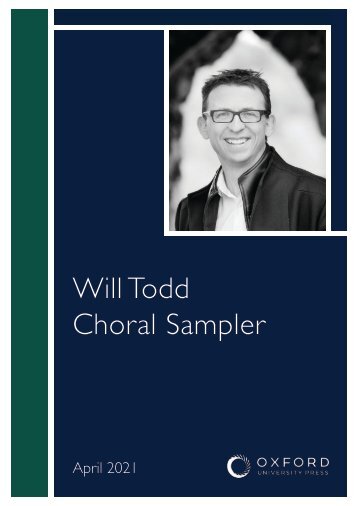
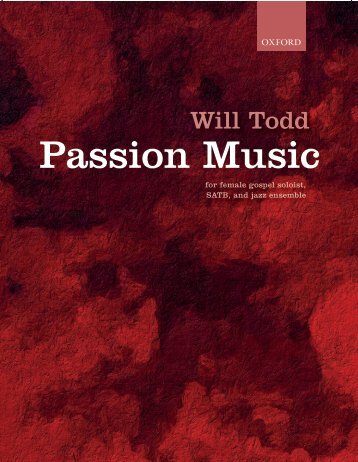
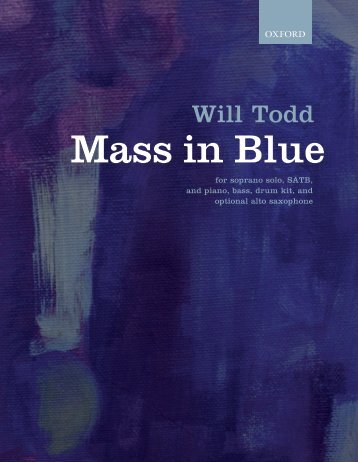
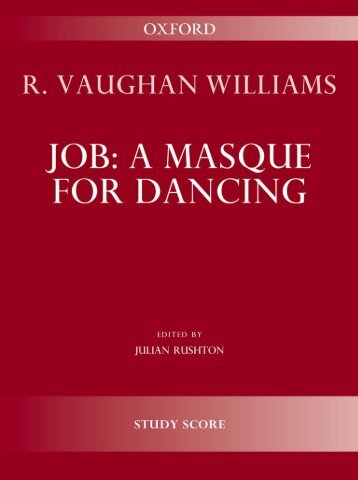

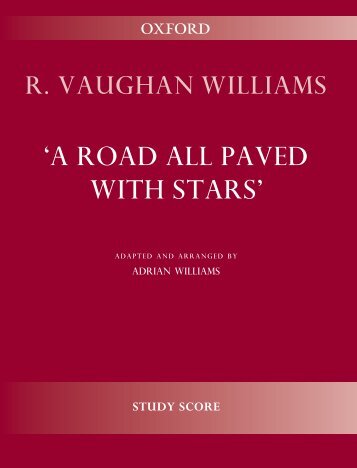
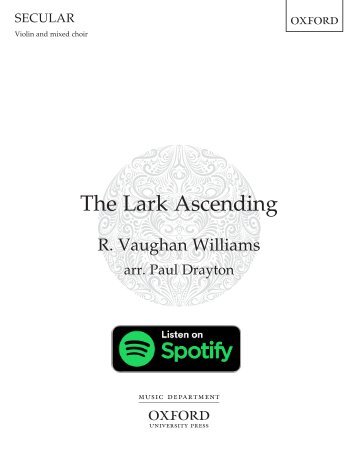

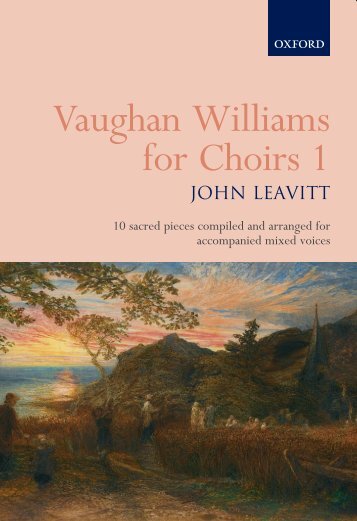
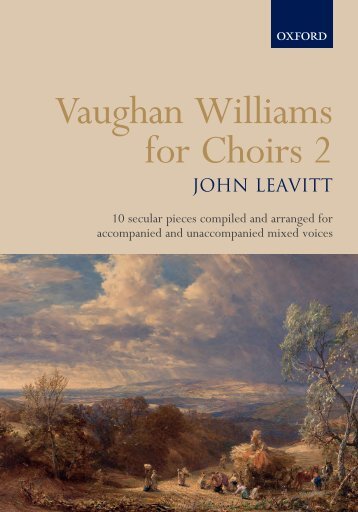

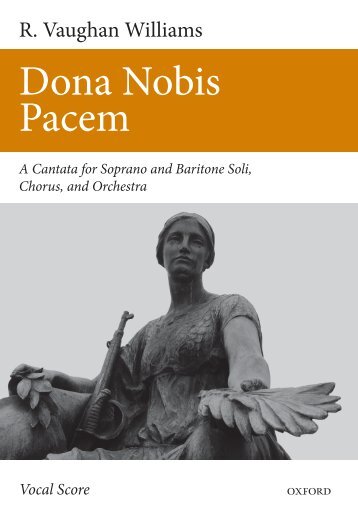
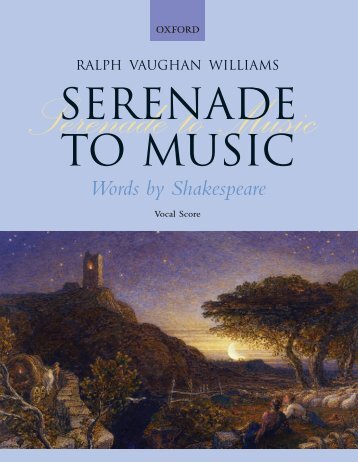
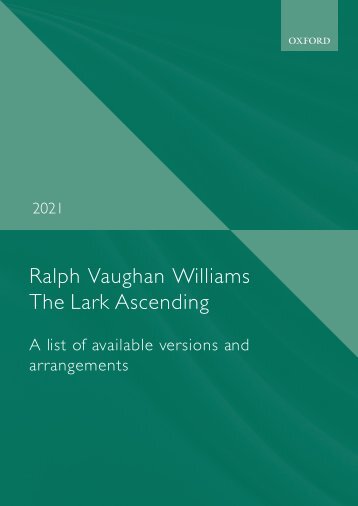

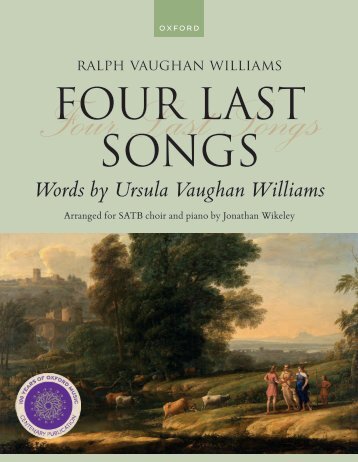

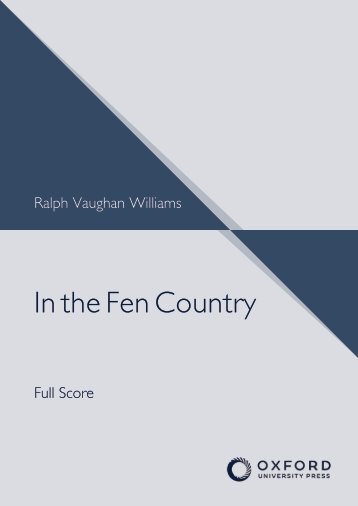
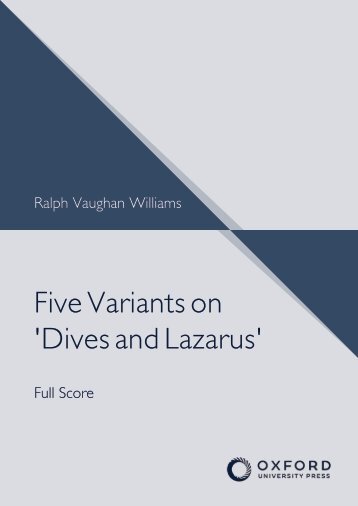
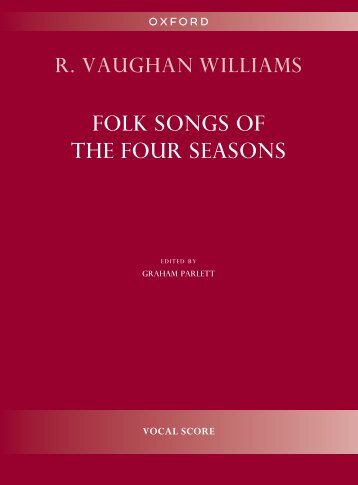




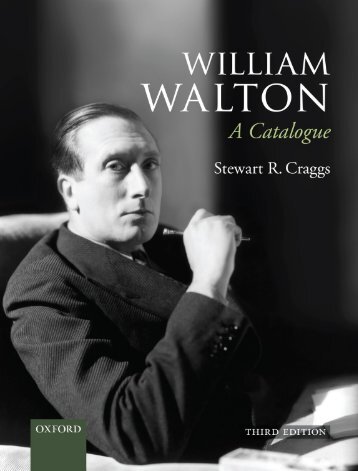



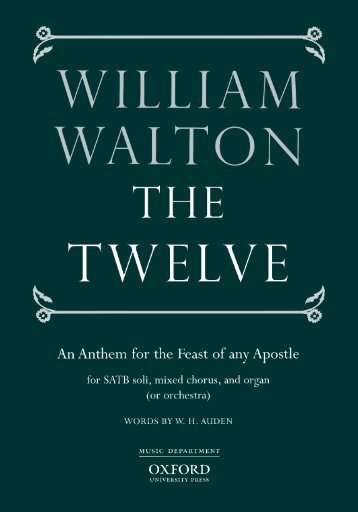


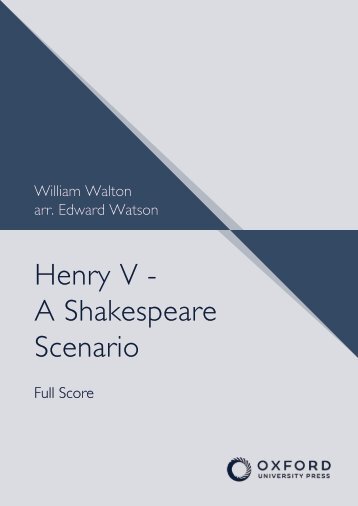






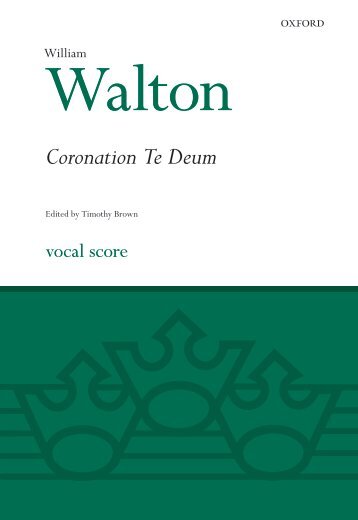
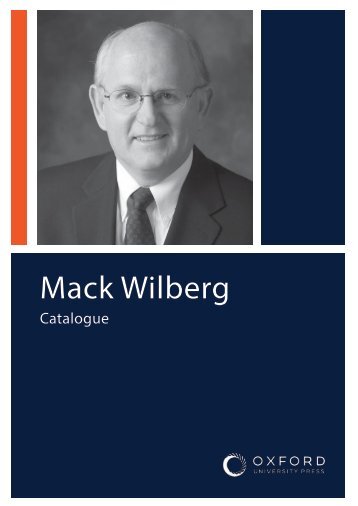
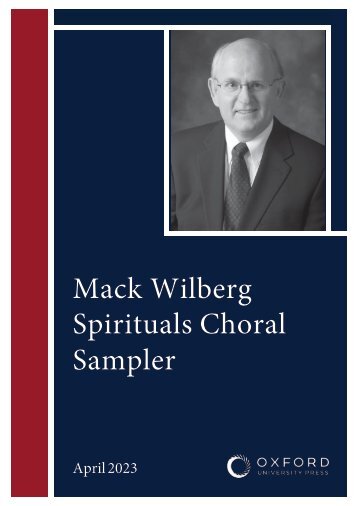
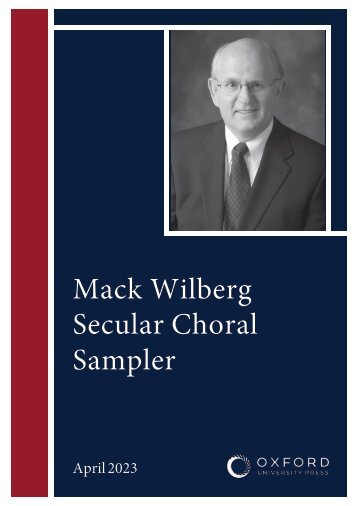




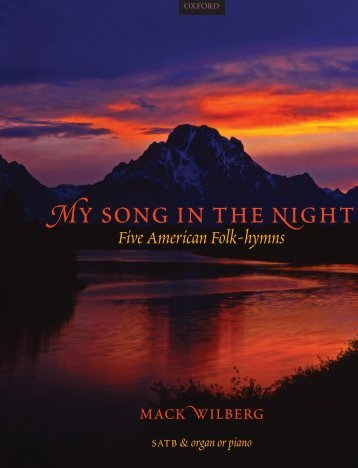
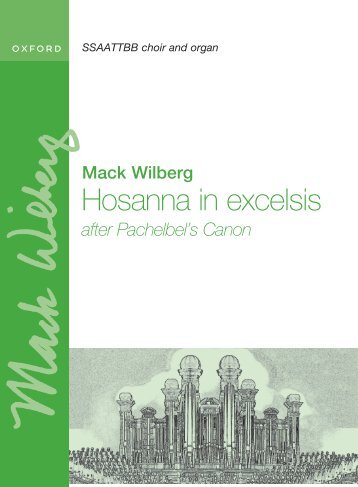
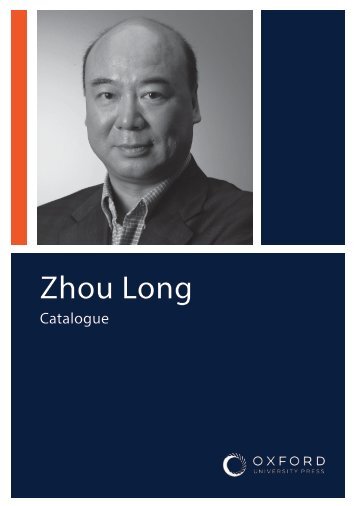

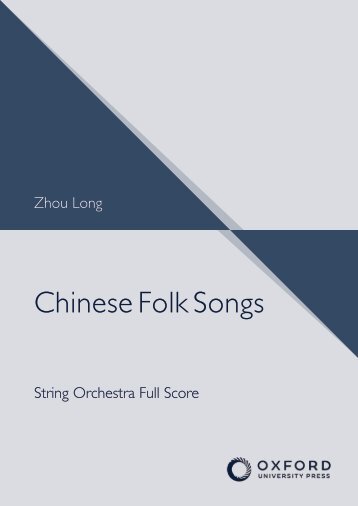

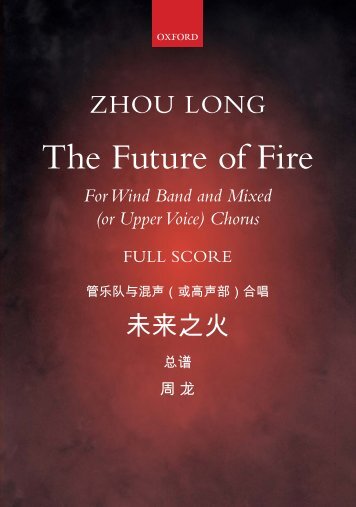





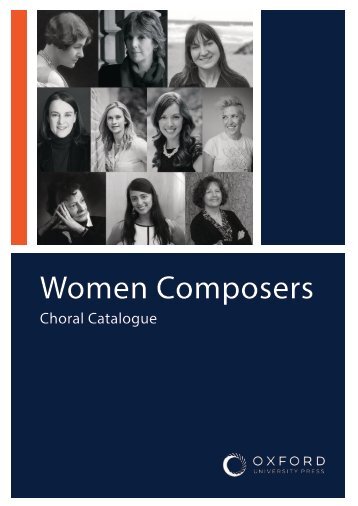

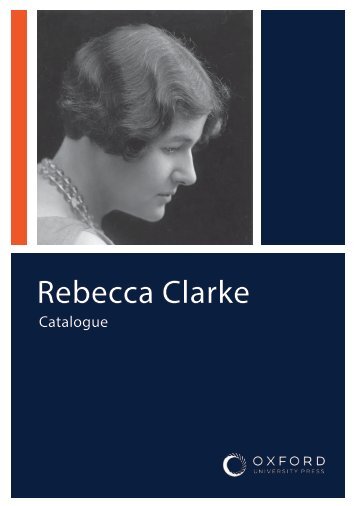

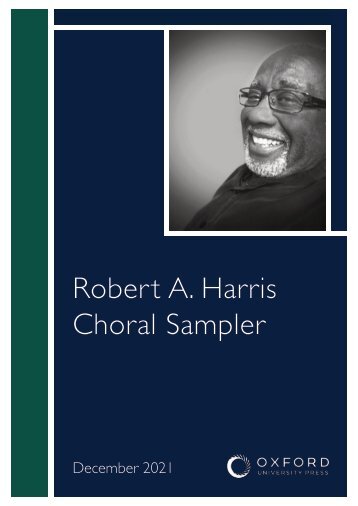
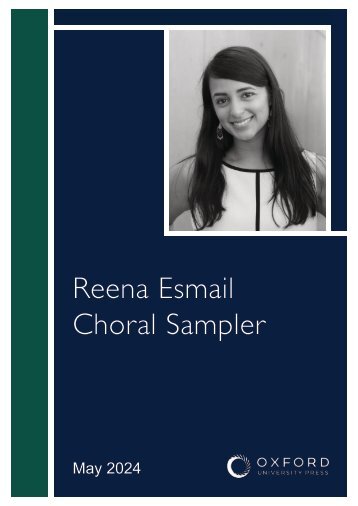
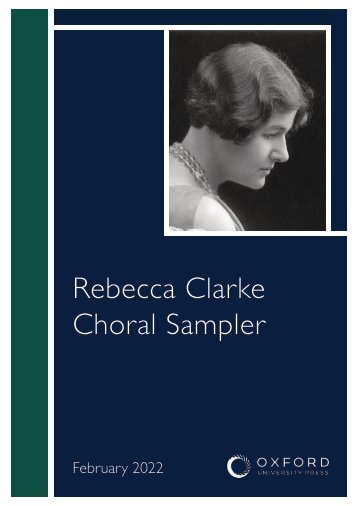
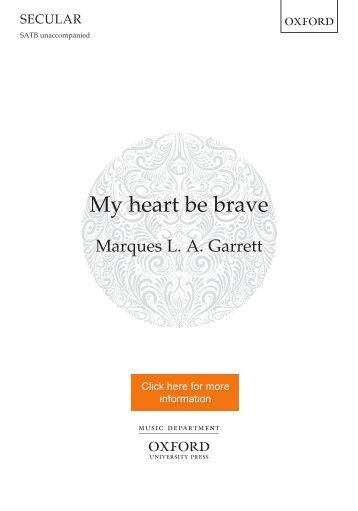
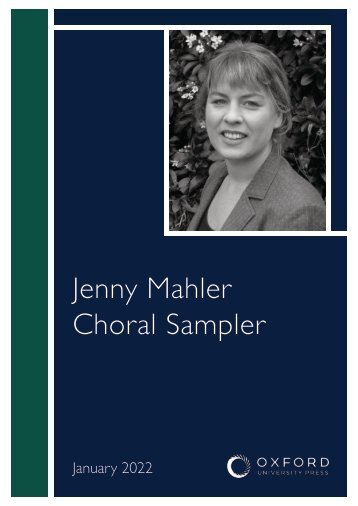
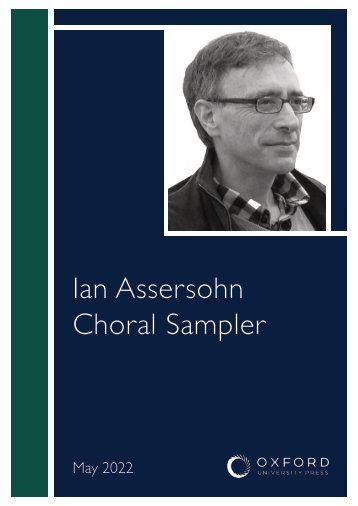
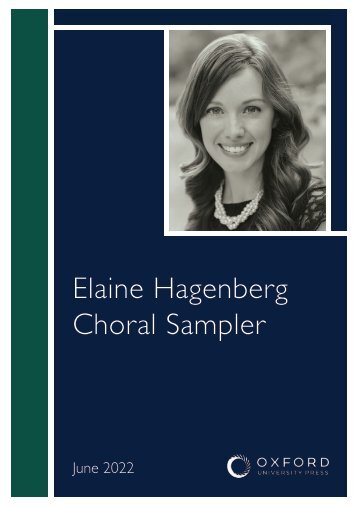
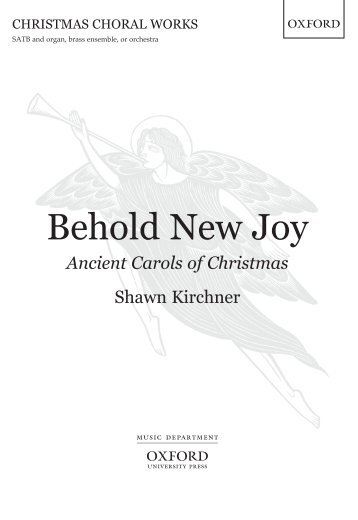
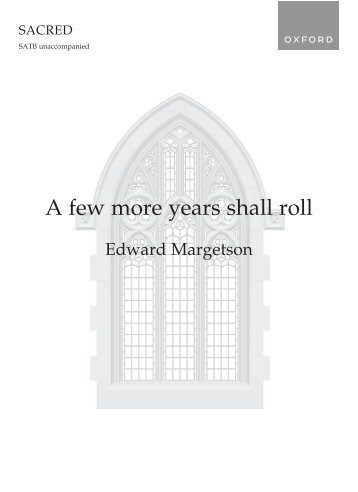
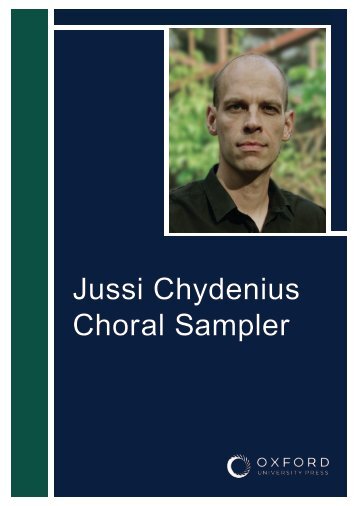


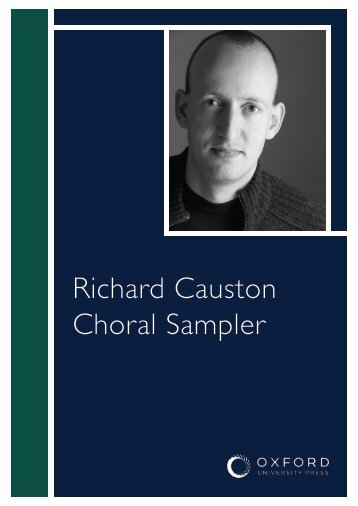
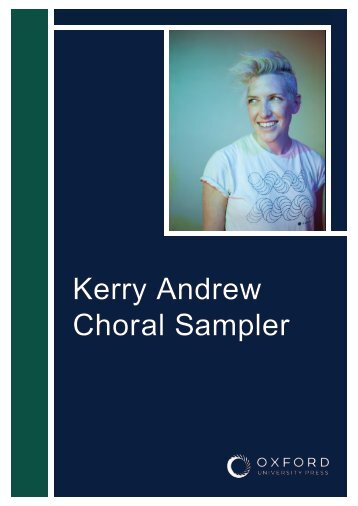
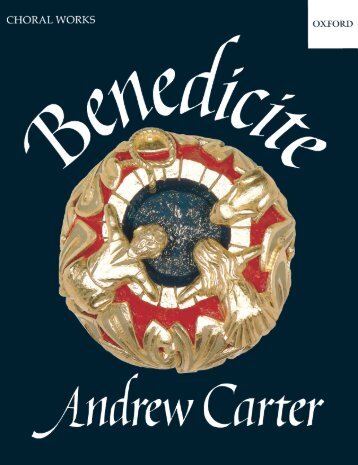
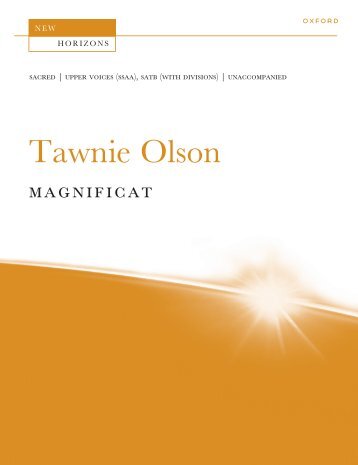


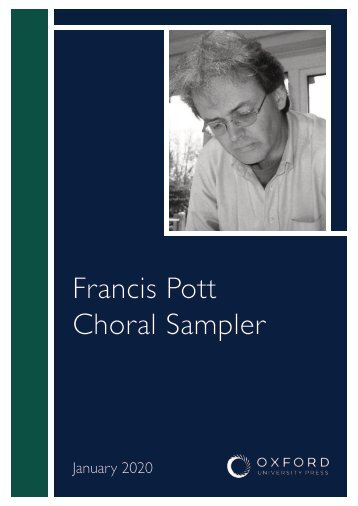

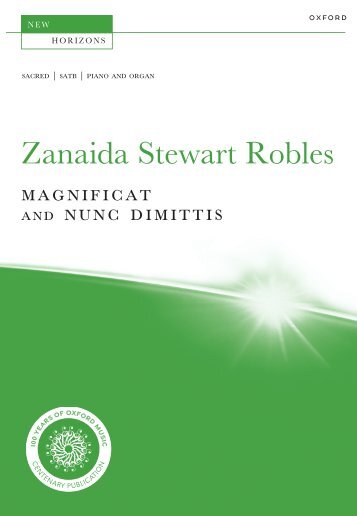

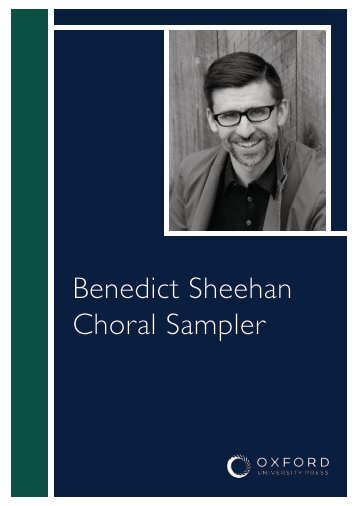
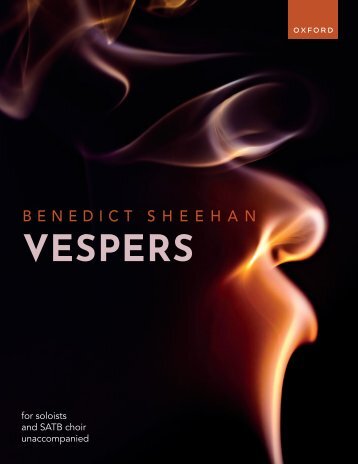


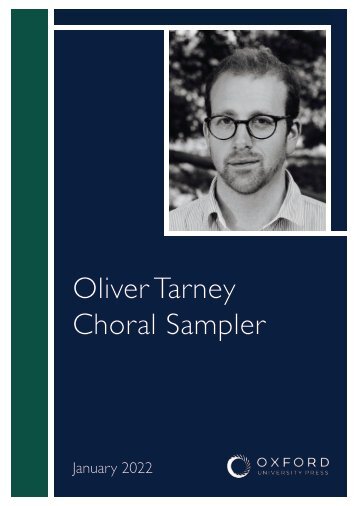

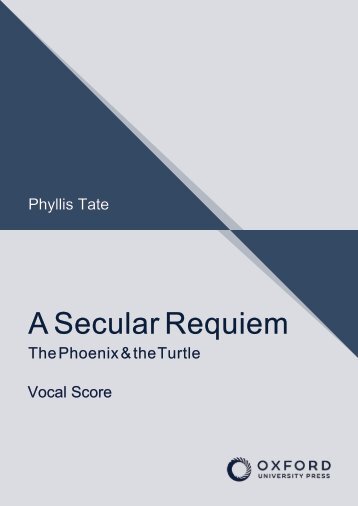
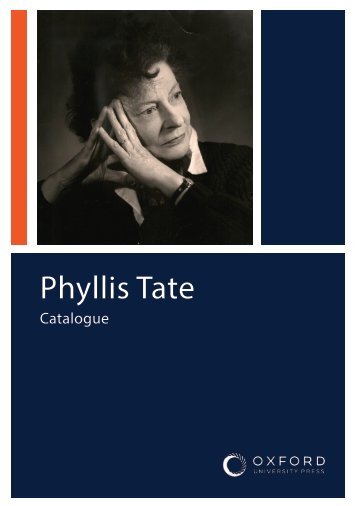
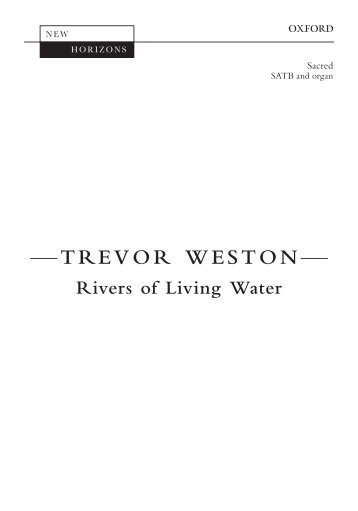
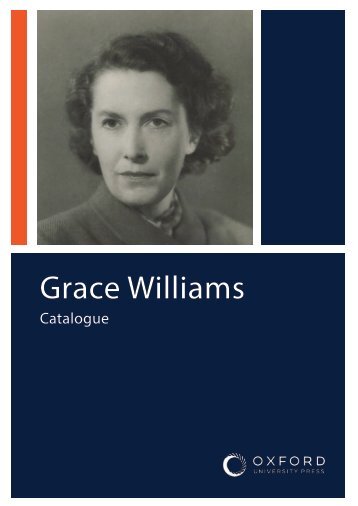
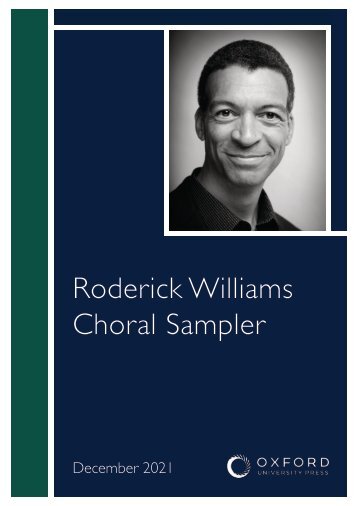
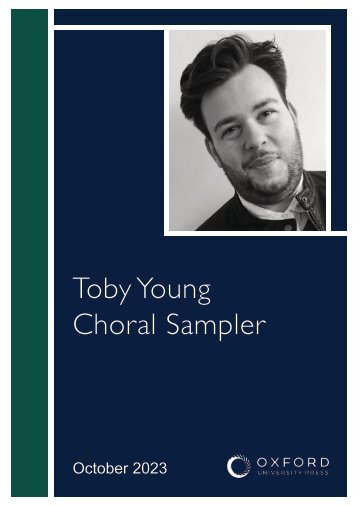


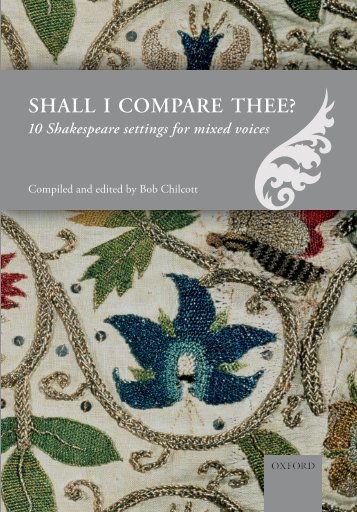
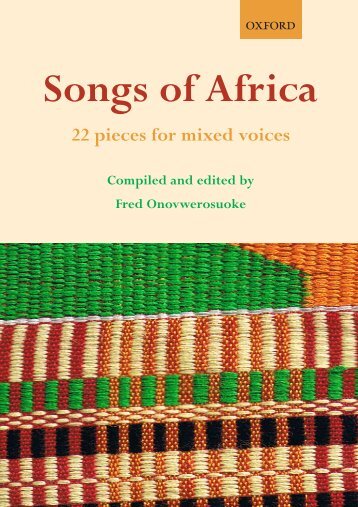



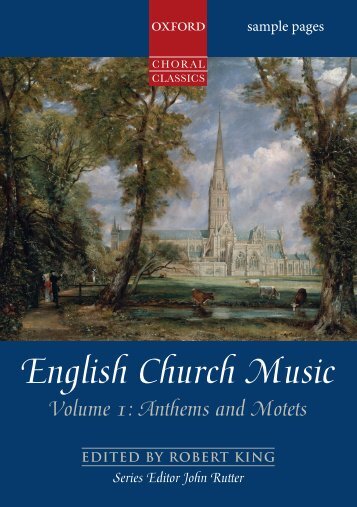
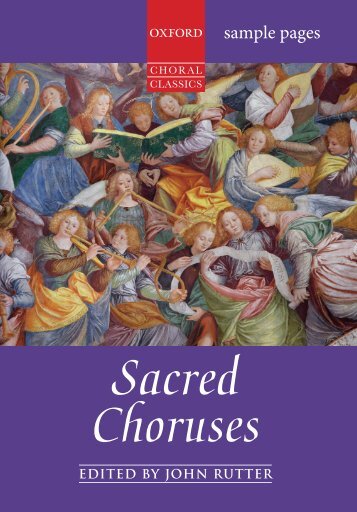

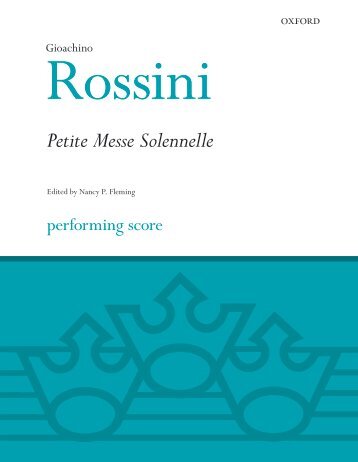
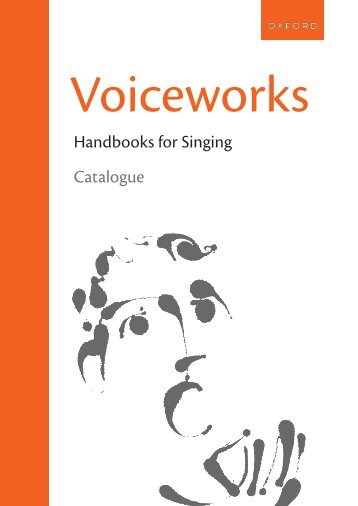



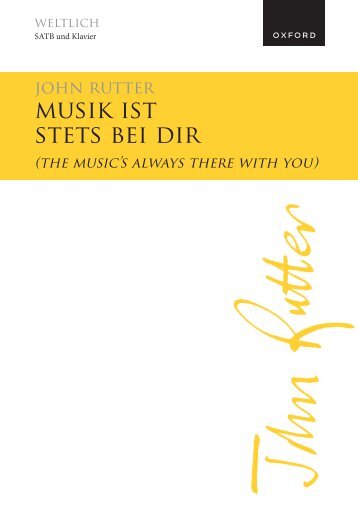
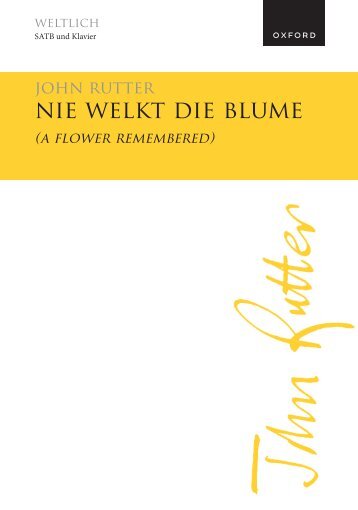

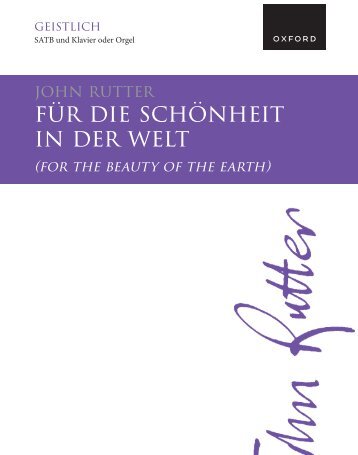
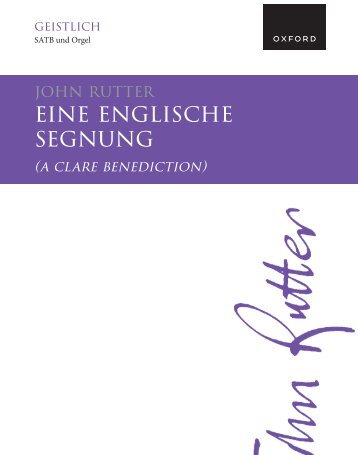

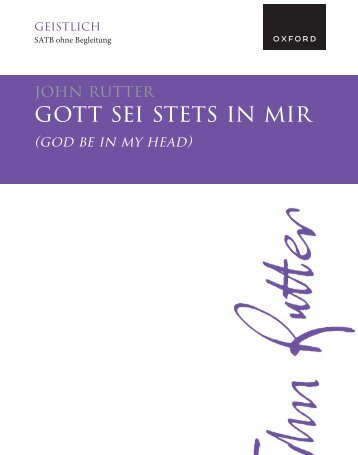


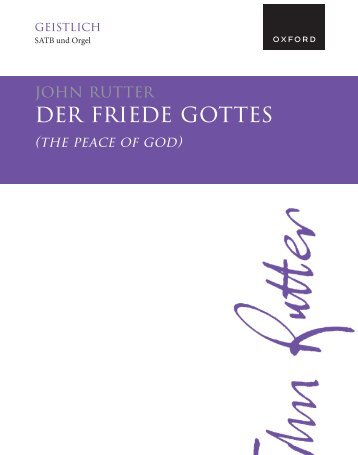


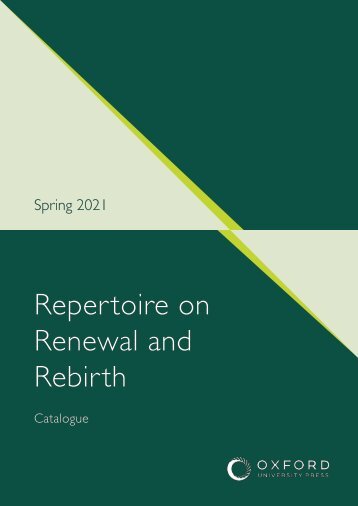
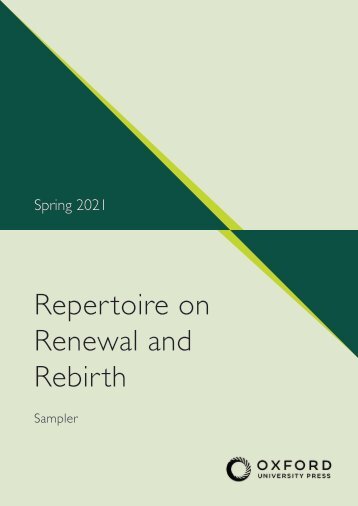
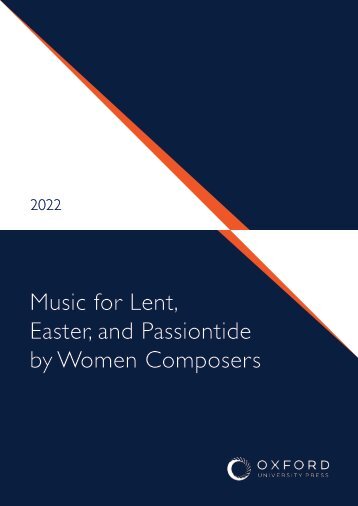
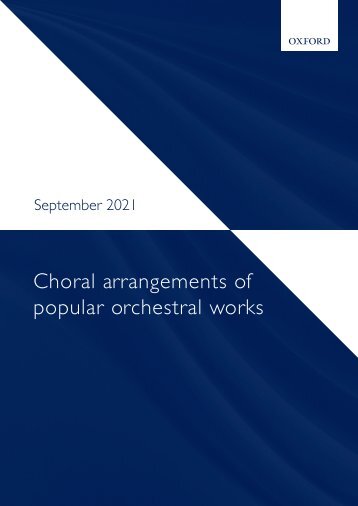
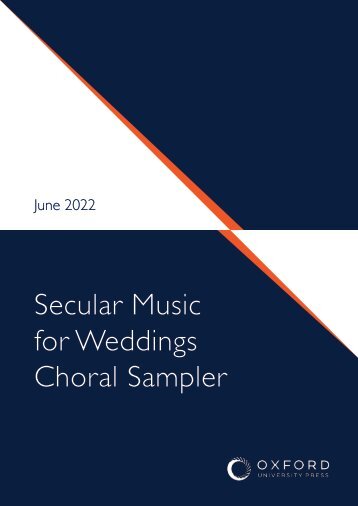

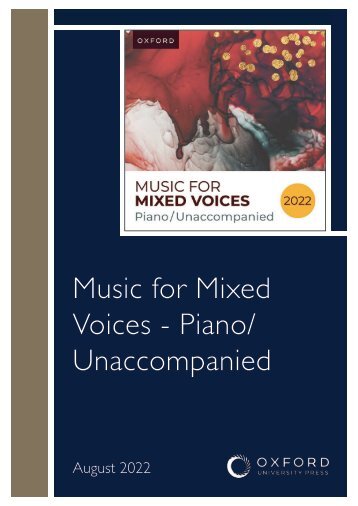
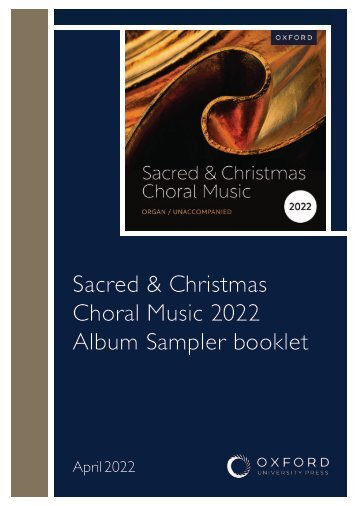
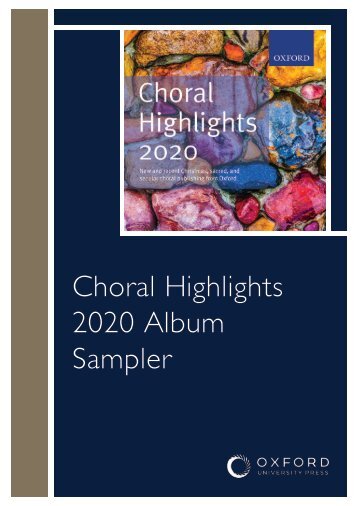
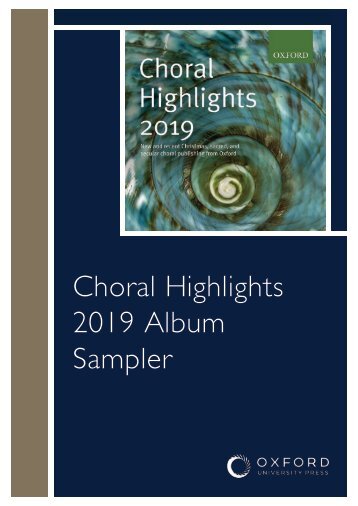
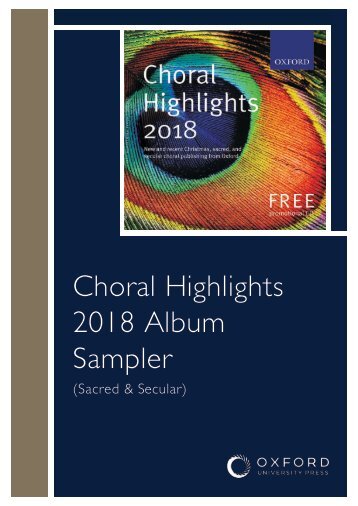

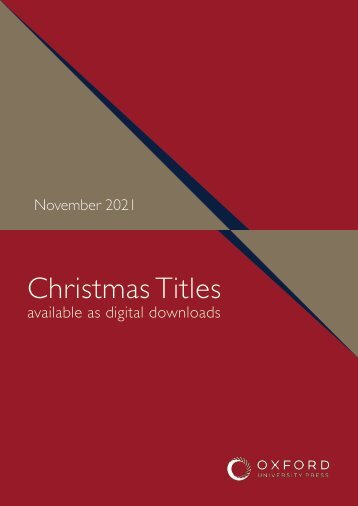
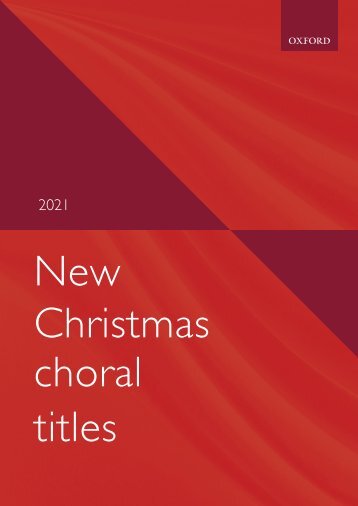
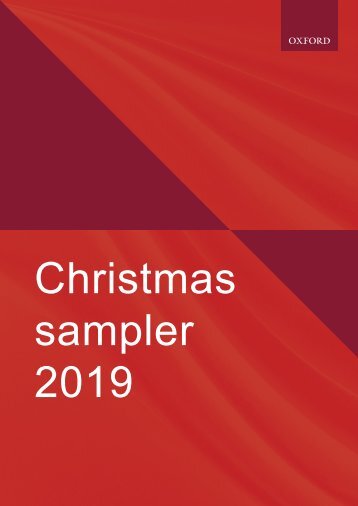
Facebook
Twitter
Email